Best 65-inch TVs 2025: the top models we've tested
Enjoy 4K TV shows and movies in all their cinematic glory with a brilliant 65-inch TV
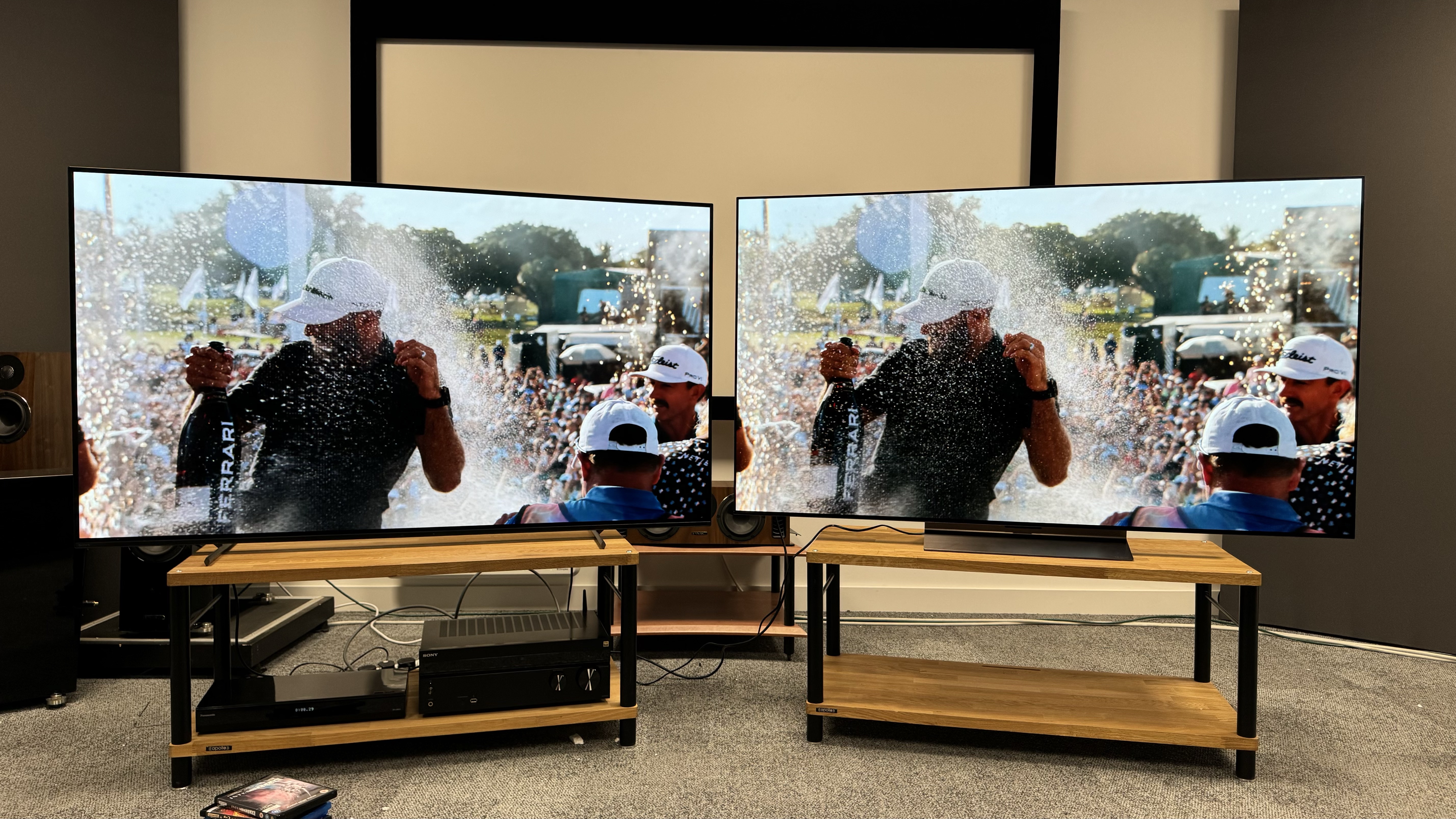
In my opinion, 65 inches is the perfect size for a TV. In a typical living room, a 65-inch TV will be terrifically cinematic but it shouldn't completely dominate the space, hopefully keeping everyone in the family happy.
I'm clearly far from the only one who loves 65-inch TVs, as this is one of the most popular screen sizes in the world. That popularity means manufacturers produce all of their best TVs in a 65-inch size, so you're really spoiled for choice. All of the best panel technologies, specs and features are available to you when buying a 65-inch TV.
That does present a problem, though: how do you filter all of those options down to the model that's best for you?
Actually, that's our job. We've been testing 65-inch TVs since the days of plasma and have put every major model through our rigorous, comparative reviews process, so we very much know which are the best and which should be avoided like the proverbial plague.
You'll find none of the latter on this page. Only the very best models make it onto this list, which we've broken down by price and requirements. You can read more about our testing process in the 'how we test' section towards the bottom of this page, or you can simply scroll straight down to the recommendations.
If you're not limited by size, also check out our guides to the best TVs overall, the best cheap TVs and the best gaming TVs. And for the latest and lowest prices available right now across the internet, check out the best TV deals.
The quick list
You can see a quick breakdown of all the TVs in this list with a short summary of what they are best at and why we think they are worth your money in the table below. If you want more detail use the jump links to quickly get to the TVs specific entry where we fully explain why it made the list.
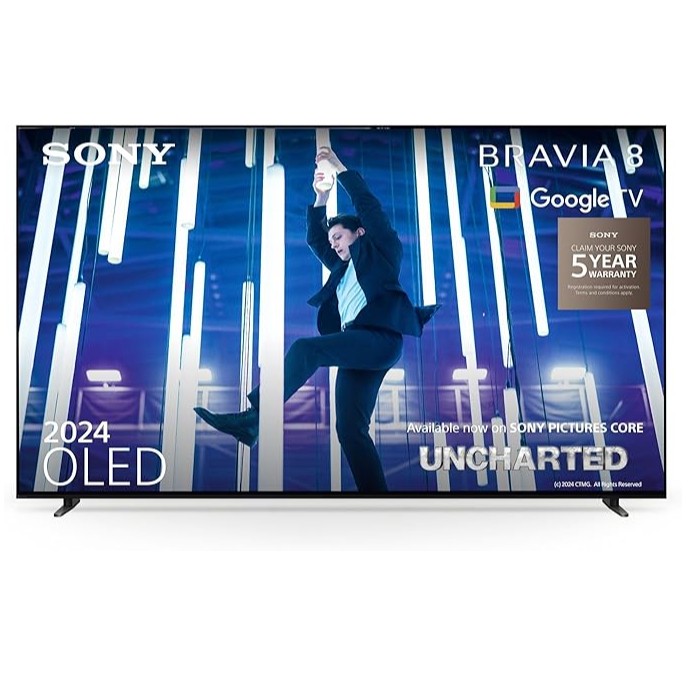
Best overall
The Bravia 8 is even better than its Award-winning predecessor and the best performance-per-pound 65-inch TV you can buy right now.
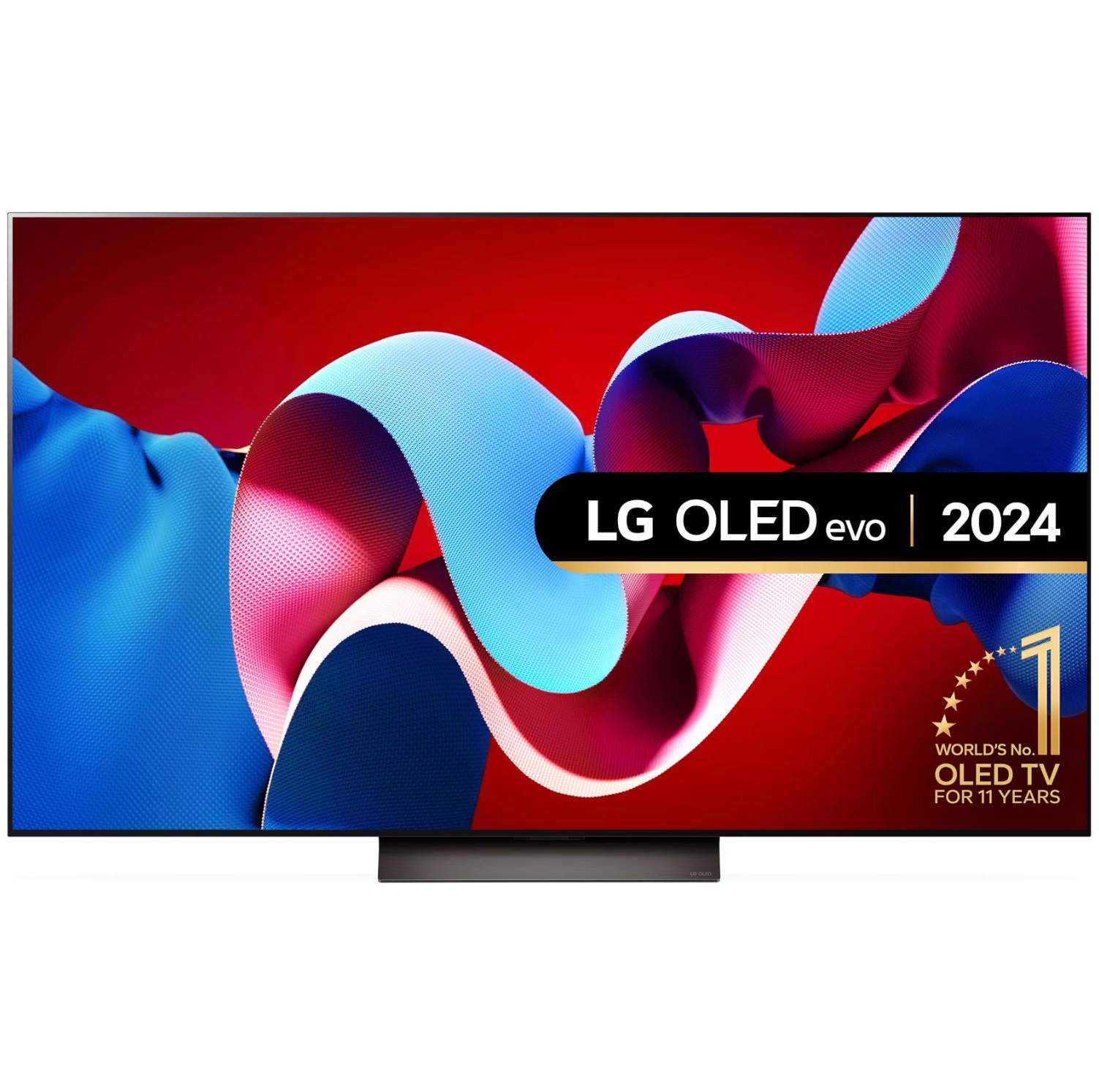
Best for gaming
While the Bravia 8 is good for gaming, the LG C4 is even better thanks in part to its full complement of HDMI 2.1 sockets.
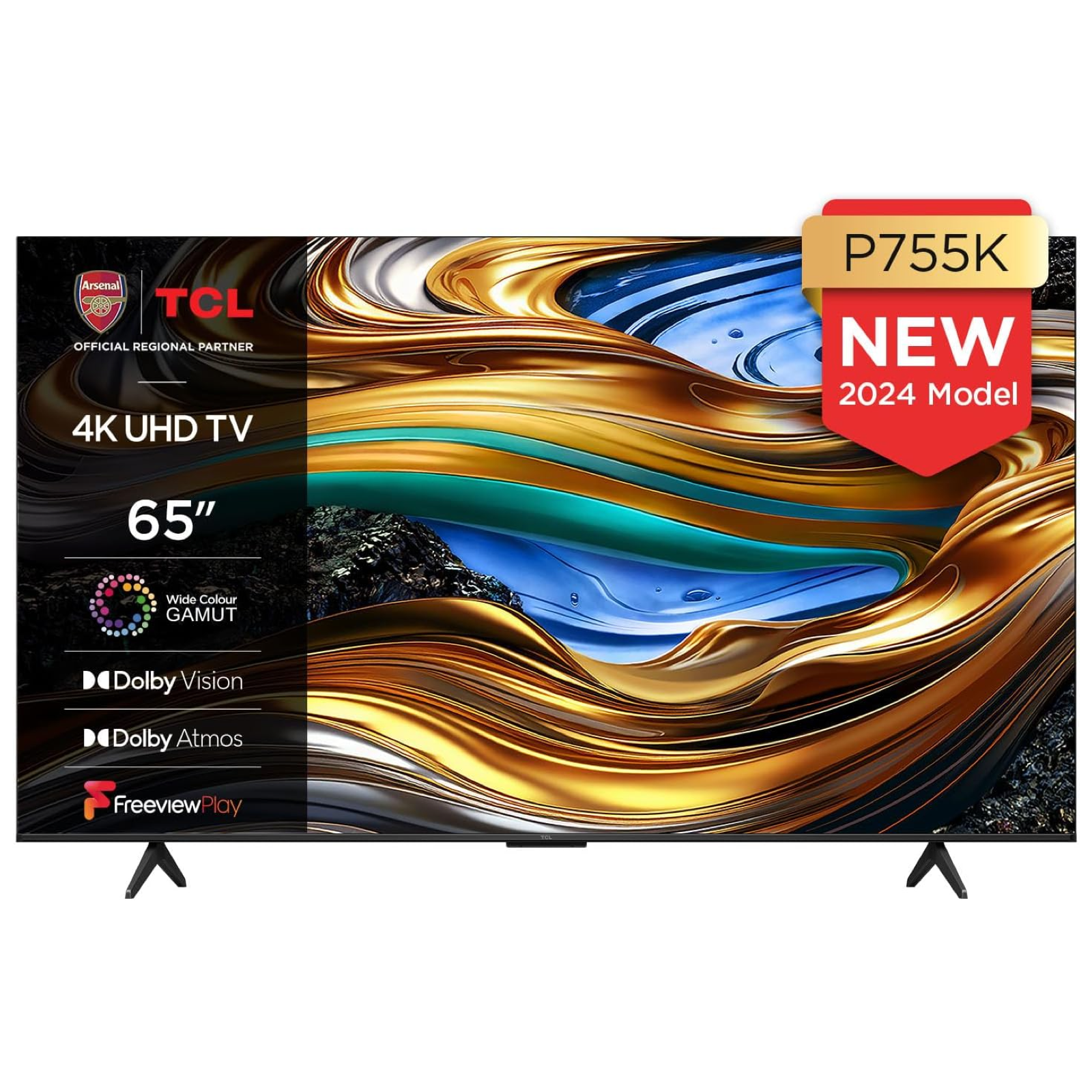
Best budget TV (UK)
TCL P755K isn't perfect, but it's far better than it has any right to be given its extraordinarily low price. It's surprisingly well-specced, too.
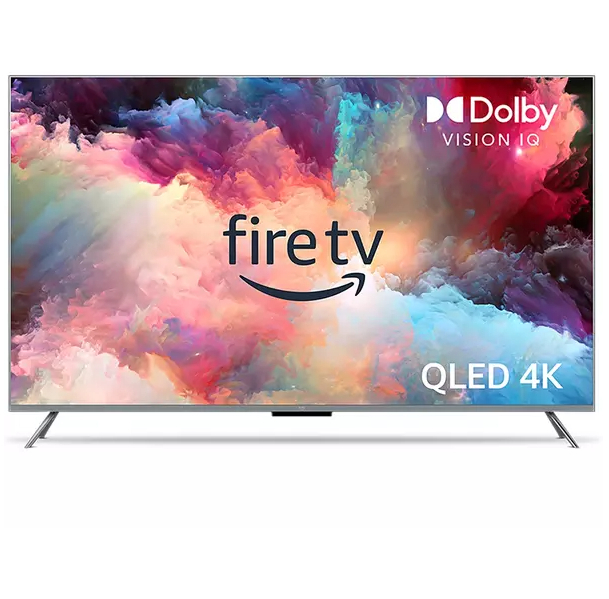
Best budget TV (US)
If you're in the US and on a strict budget then the Amazon Omni QLED is the best affordable 65-inch TV we've tested
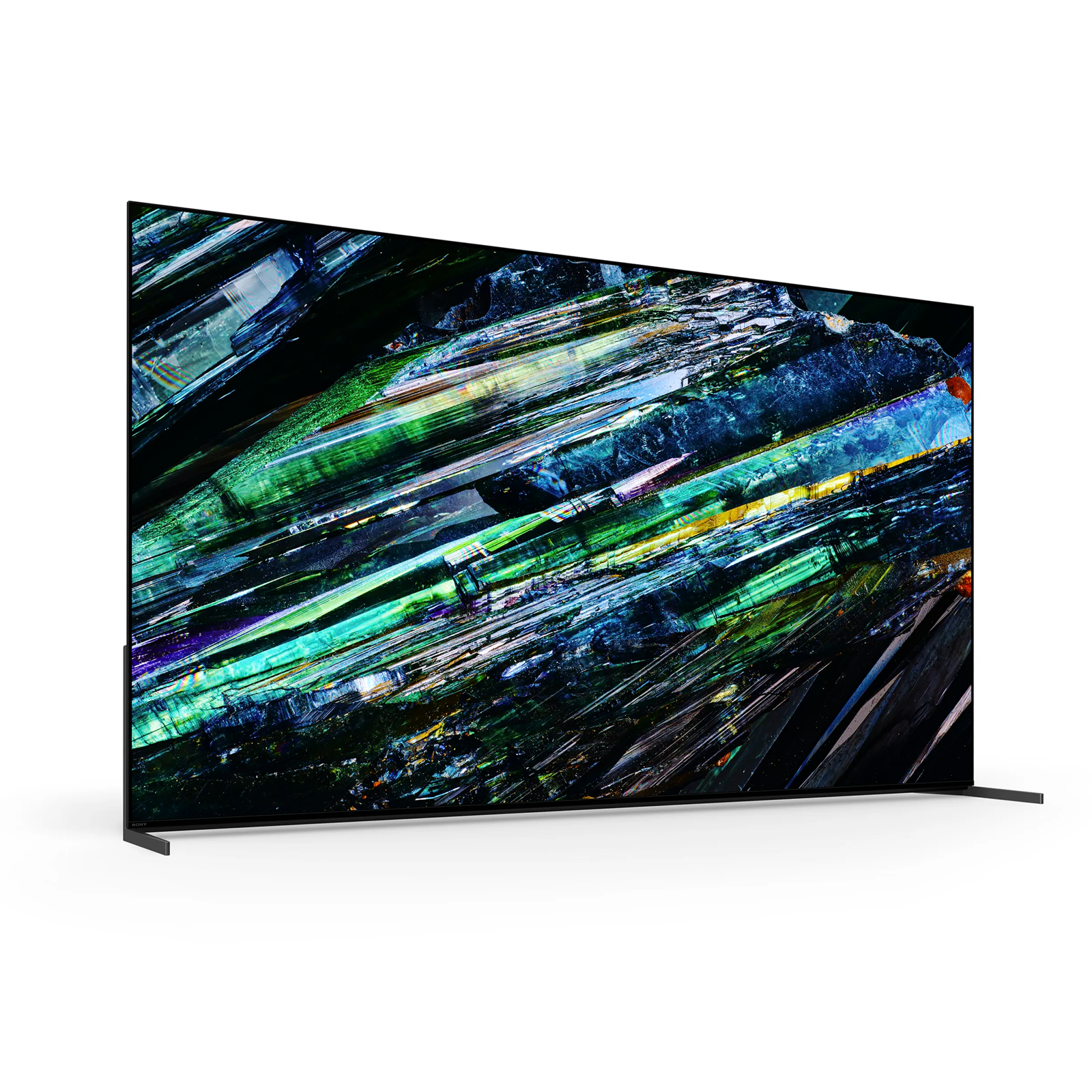
Best premium TV
If money is no object and you want the best 65-inch home cinema experience possible on a TV then the A95L is the set to get.
Recent updates
31st January 2025
Removed the Panasonic Z90A, Amazon Fire TV Omni QLED Mini LED, LG B4 and Samsung S90D from the coming soon section and added the LG C5, LG G5, Samsung S95F, Panasonic Z95B and Philips OLED910. Also reworked the how to choose section and added an FAQ about the best viewing distance for 65-inch TVs.

I'm What Hi-Fi?'s TV & AV Editor, and I've been testing TVs (as well as soundbars, AVRs, speaker packages and hi-fi) since way back in 2007. In that time, I'm confident I've reviewed more 65-inch TVs than models in any other size. I also switched to using a 65-inch TV at home about a decade ago and haven't looked back since (though I do change my TV every year or so). For me, it's the perfect size for getting a cinematic experience at home without actually turning the living room into a cinema – and thankfully my wife agrees! You're also spoiled for choice at this size and have the very best features and picture quality available to you.
The best 65-inch TV overall
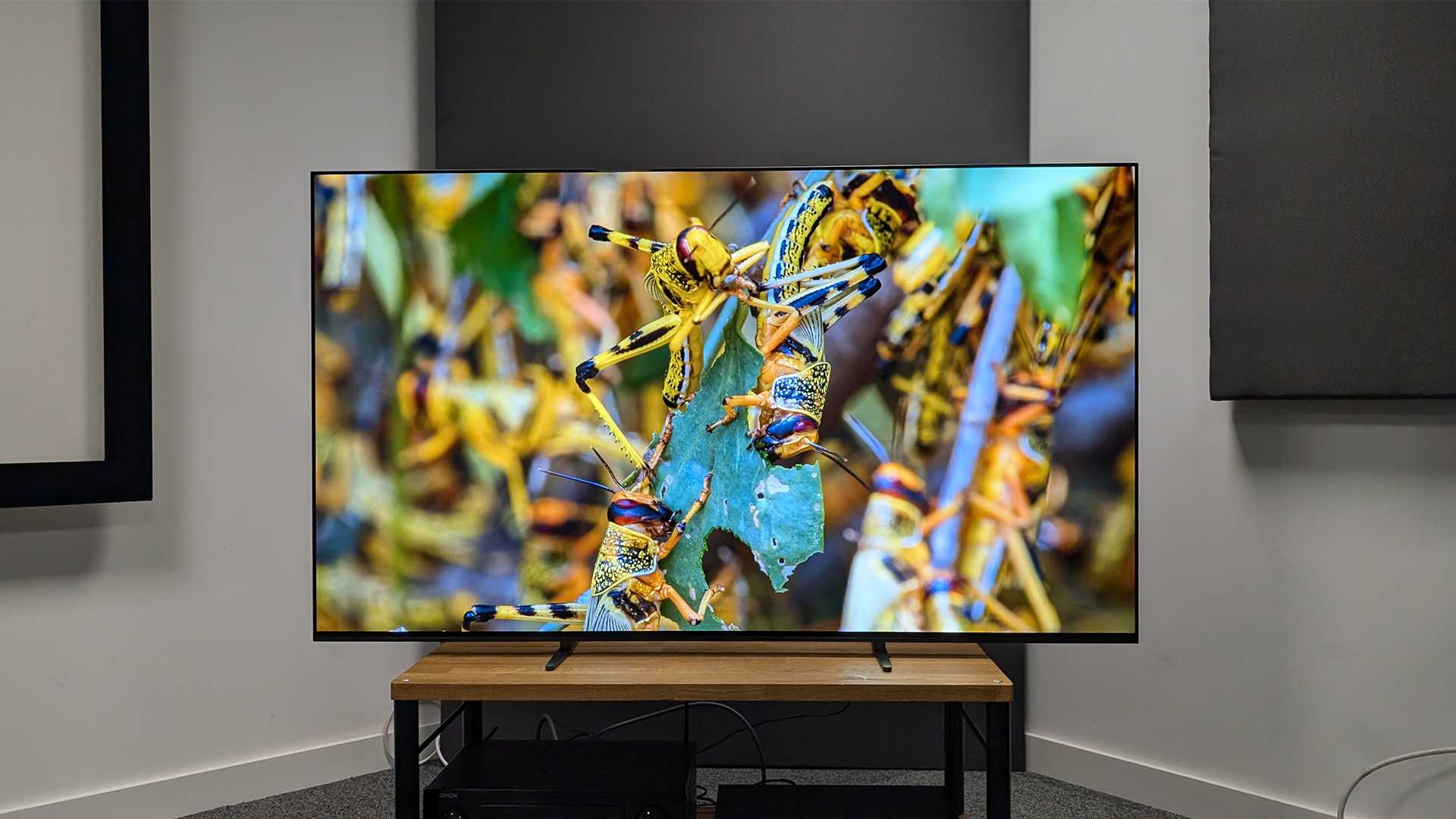
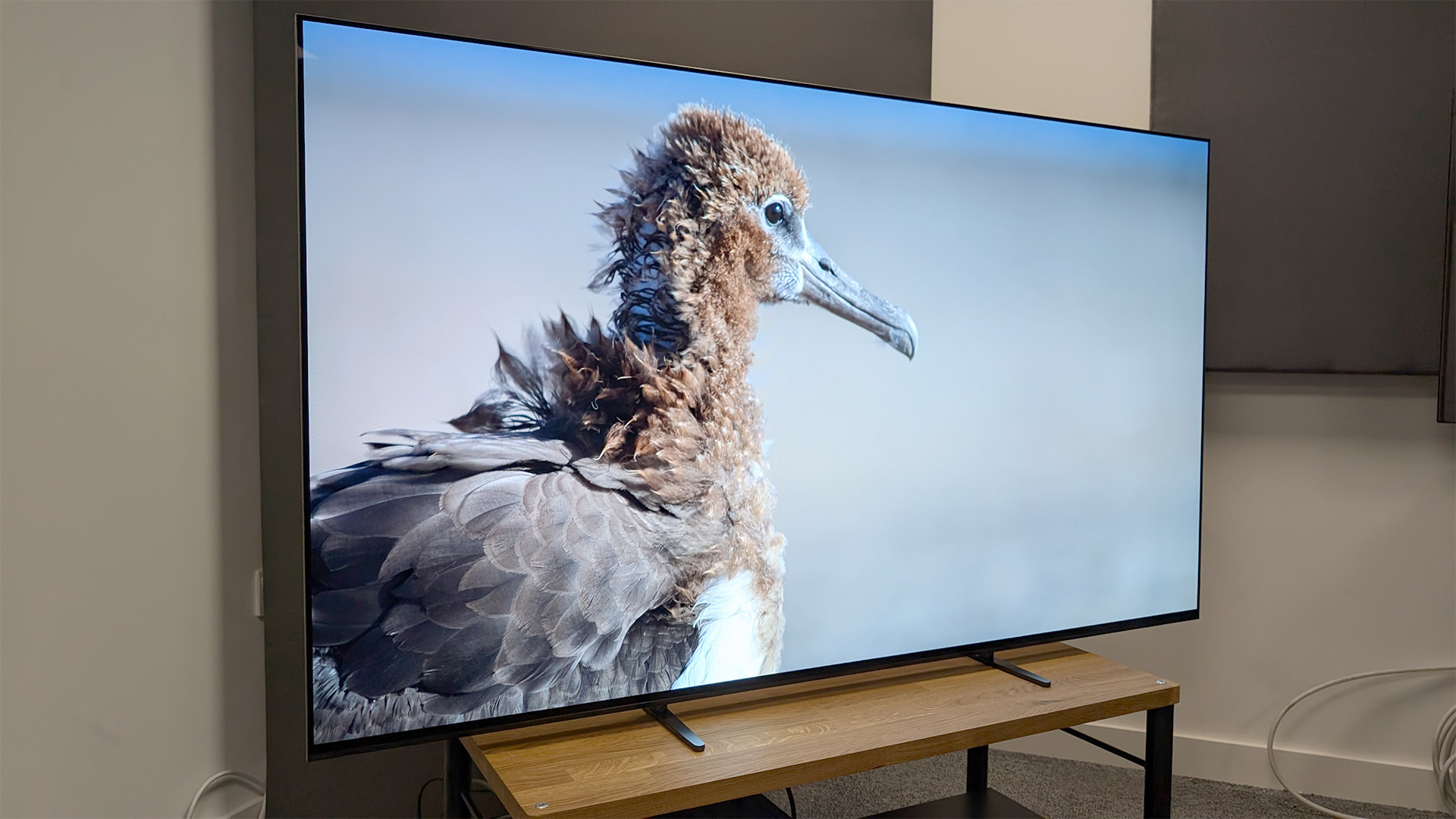
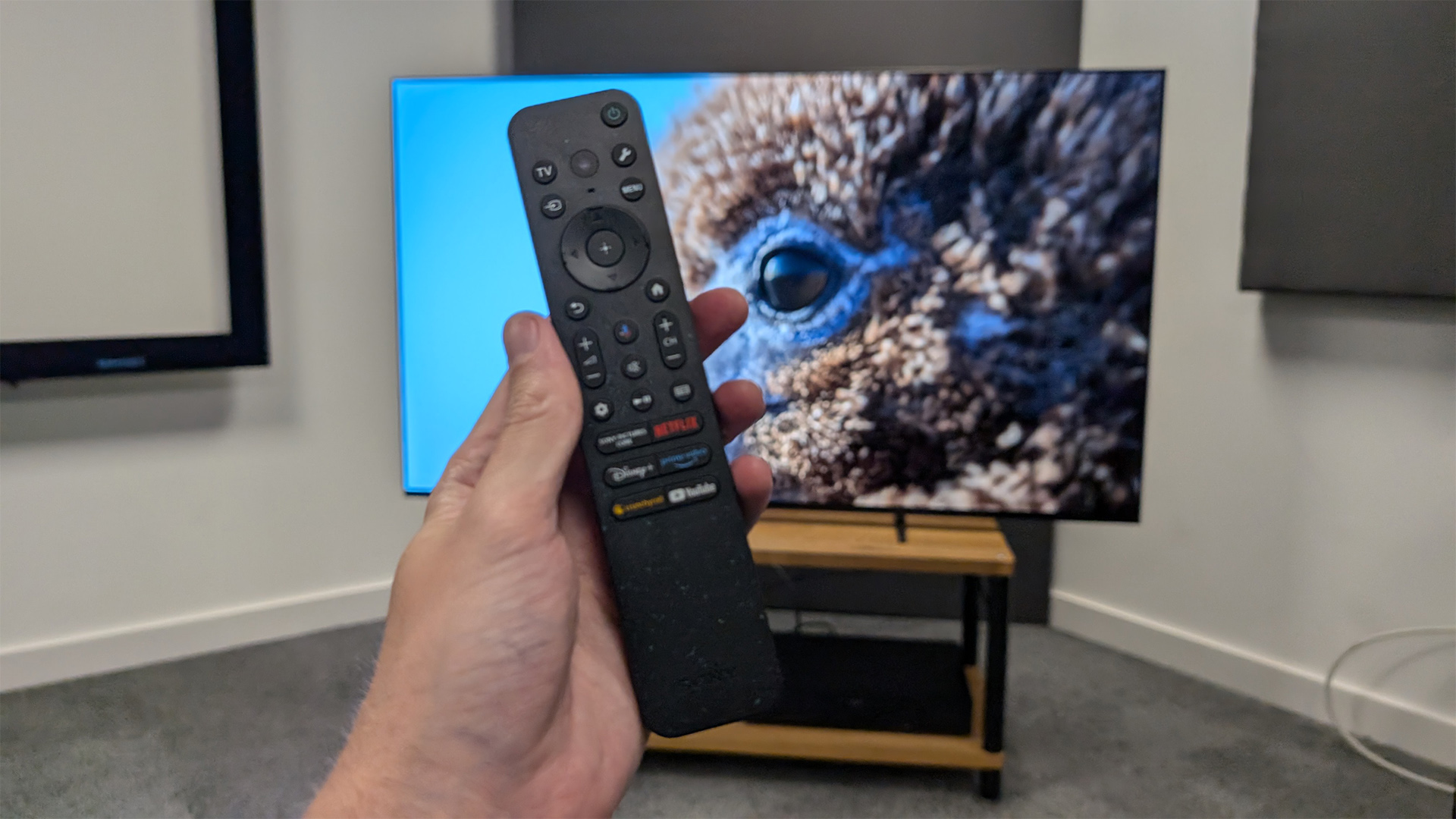
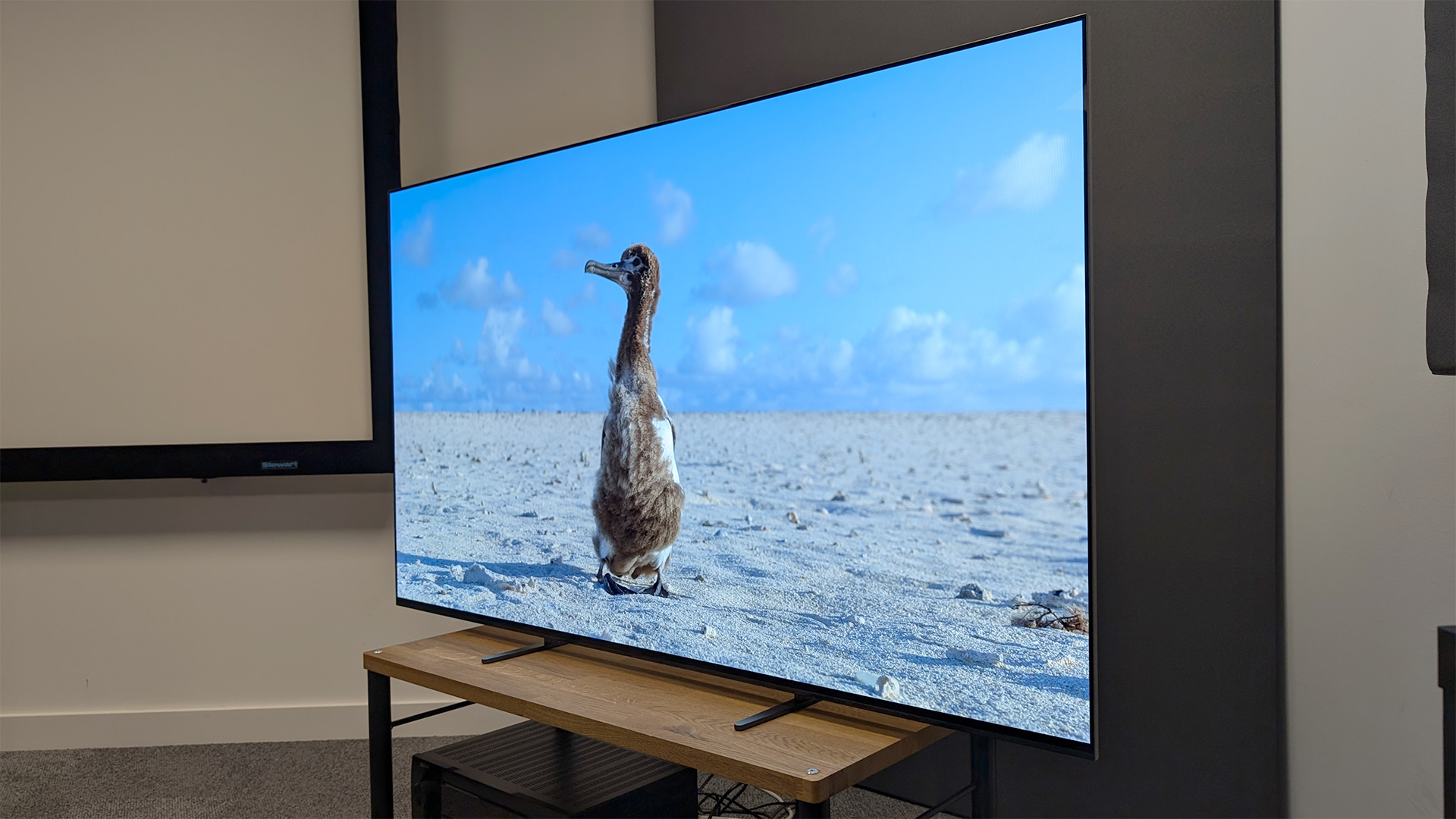
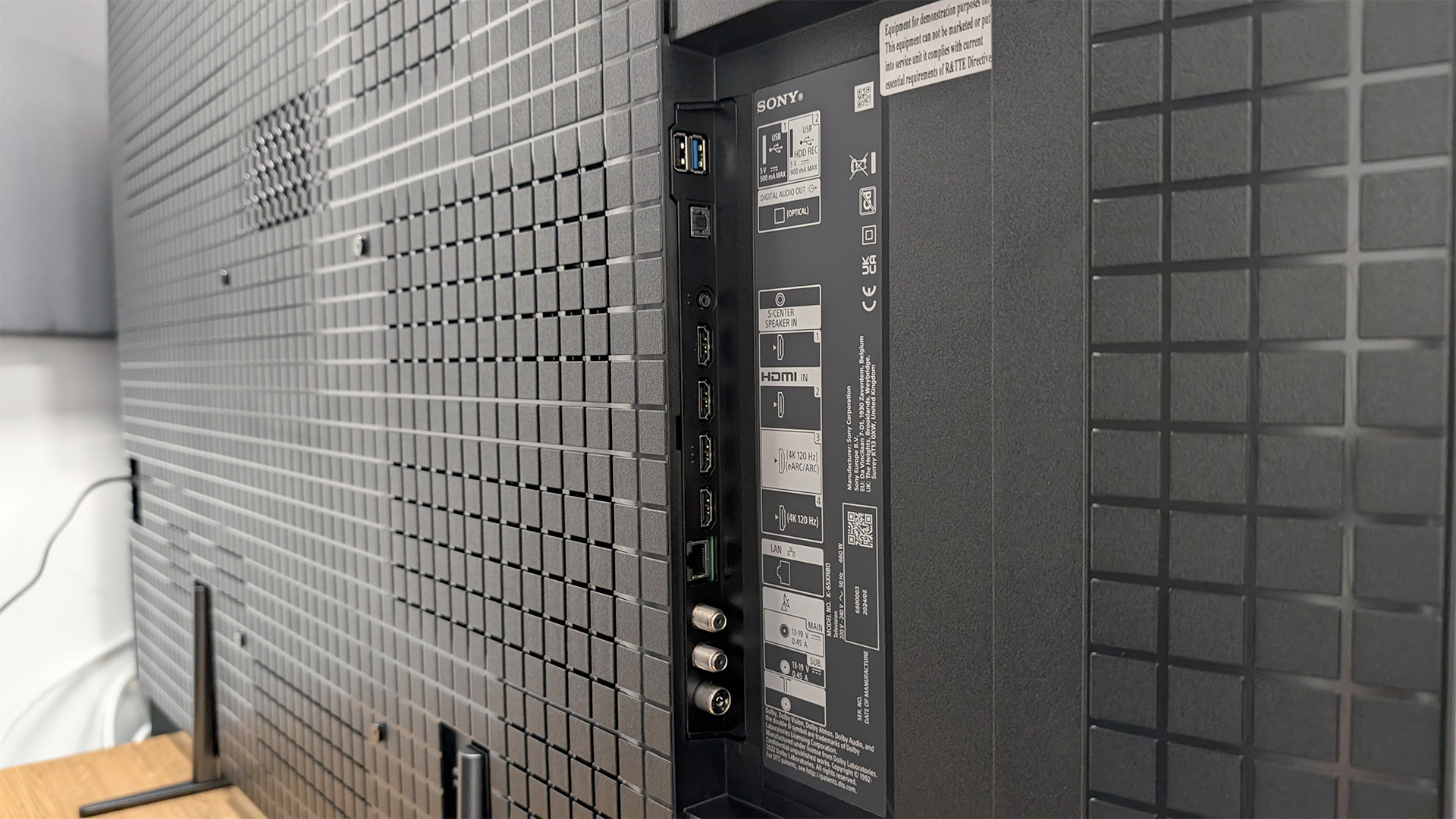
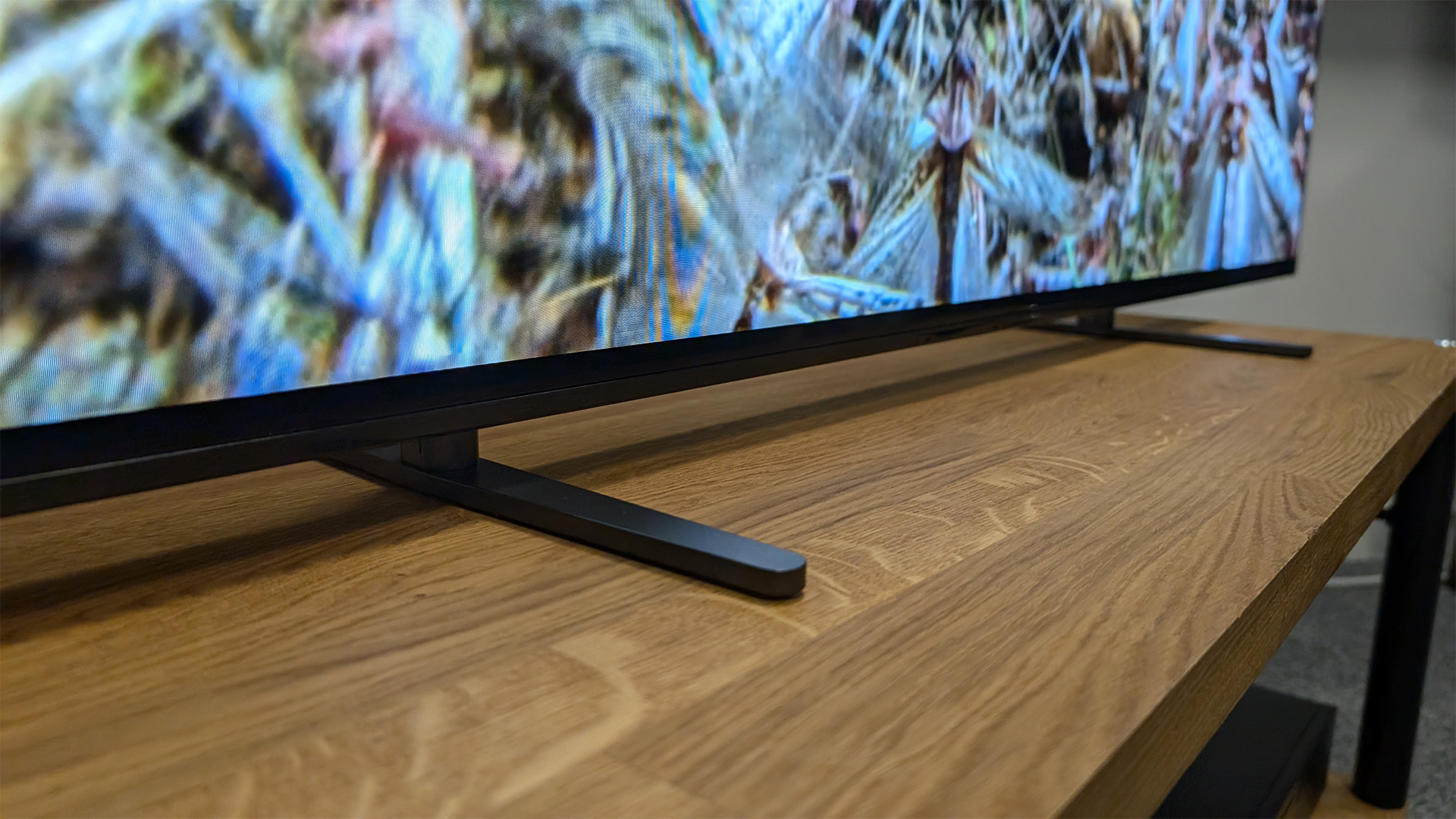
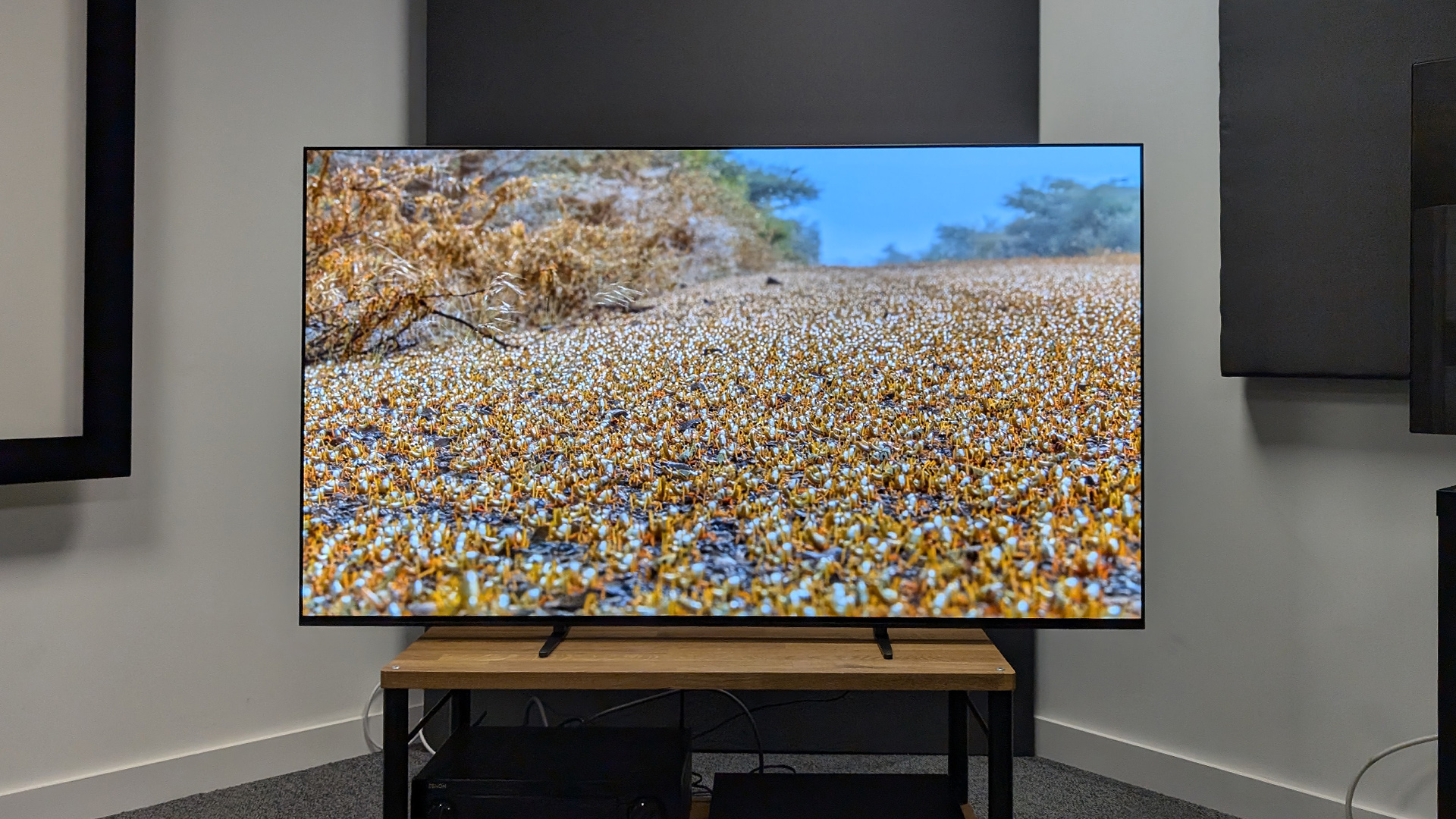
Specifications
Reasons to buy
Reasons to avoid
We'll level with you: we didn't expect the Bravia 8 to be the best 65-inch TV this year. That's because the LG C4, which we reviewed before it, was such a huge upgrade on last year's C3 – and such a consummate all-rounder of a TV – that we just didn't think the Bravia 8 stood much of a chance of topping it.
We were wrong, though. The Bravia 8 might not be as much of an upgrade on the A80L as the C4 is on the C3, but it didn't need to be because the A80L was streets ahead last year. By simply improving on it in a few subtle ways, Sony has ensured that it's stayed on top for another year.
The biggest improvement is to the colours. The A80L, for all of its many qualities, had a slightly cool colour balance that lacked that authentic cinematic richness, but the Bravia 8 rectifies that, delivering movies with 'as the creator intended' warmth.
The Bravia 8 excels in many other ways, too. It's terrifically bright and punchy for a 'step-down' OLED, and its contrast and sharpness combine to produce a really solid, three-dimensional-seeming picture. It's also miles above the competition for sound, particularly in terms of directness, spaciousness and detail – though we do still recommend that you add a dedicated sound system, even if that's just a soundbar.
The feature set is solid rather than spectacular, with the presence of just two HDMI 2.1 sockets a disappointment that will be frustrating to serious gamers, and the upscaling isn't quite best in class. Overall, though, this is a stunning TV that trumps even the excellent LG C4 – unless you're a hardcore gamer, that is...
Read the full Sony Bravia 8 review
| Attributes | Notes | Rating |
|---|---|---|
| Picture | Punchy, crisp and three-dimensional, with an authentic cinematic warmth that its predecessor lacked | ★★★★★ |
| Sound | By step-down TV standards, the Bravia 8 sounds excellent, combining directness with spaciousness and loads of detail | ★★★★★ |
| Features | Google TV features every app you could need and gaming specs are very good – though there are just two HDMI 2.1 sockets | ★★★★☆ |
The best 65-inch TV for gaming
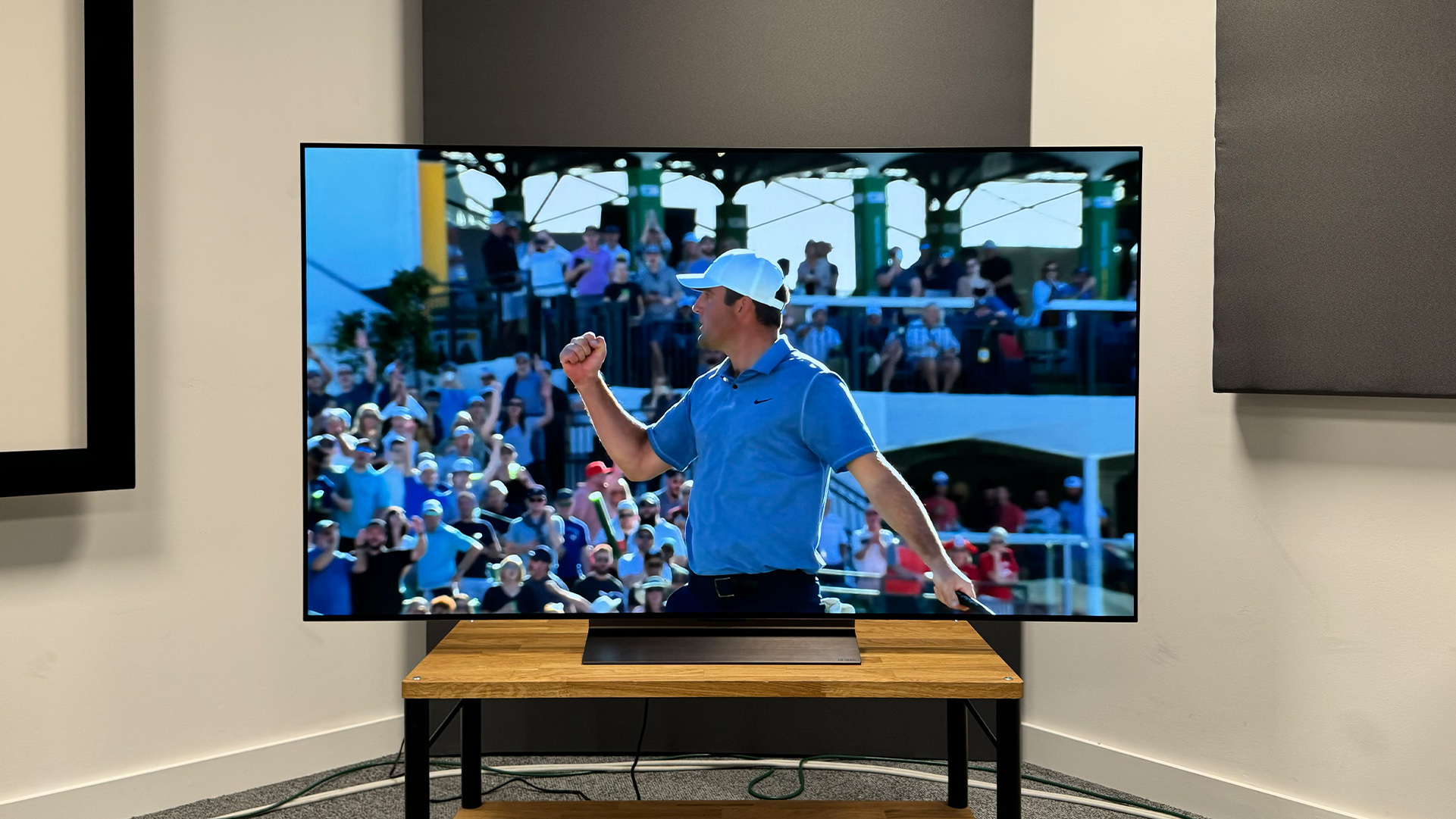
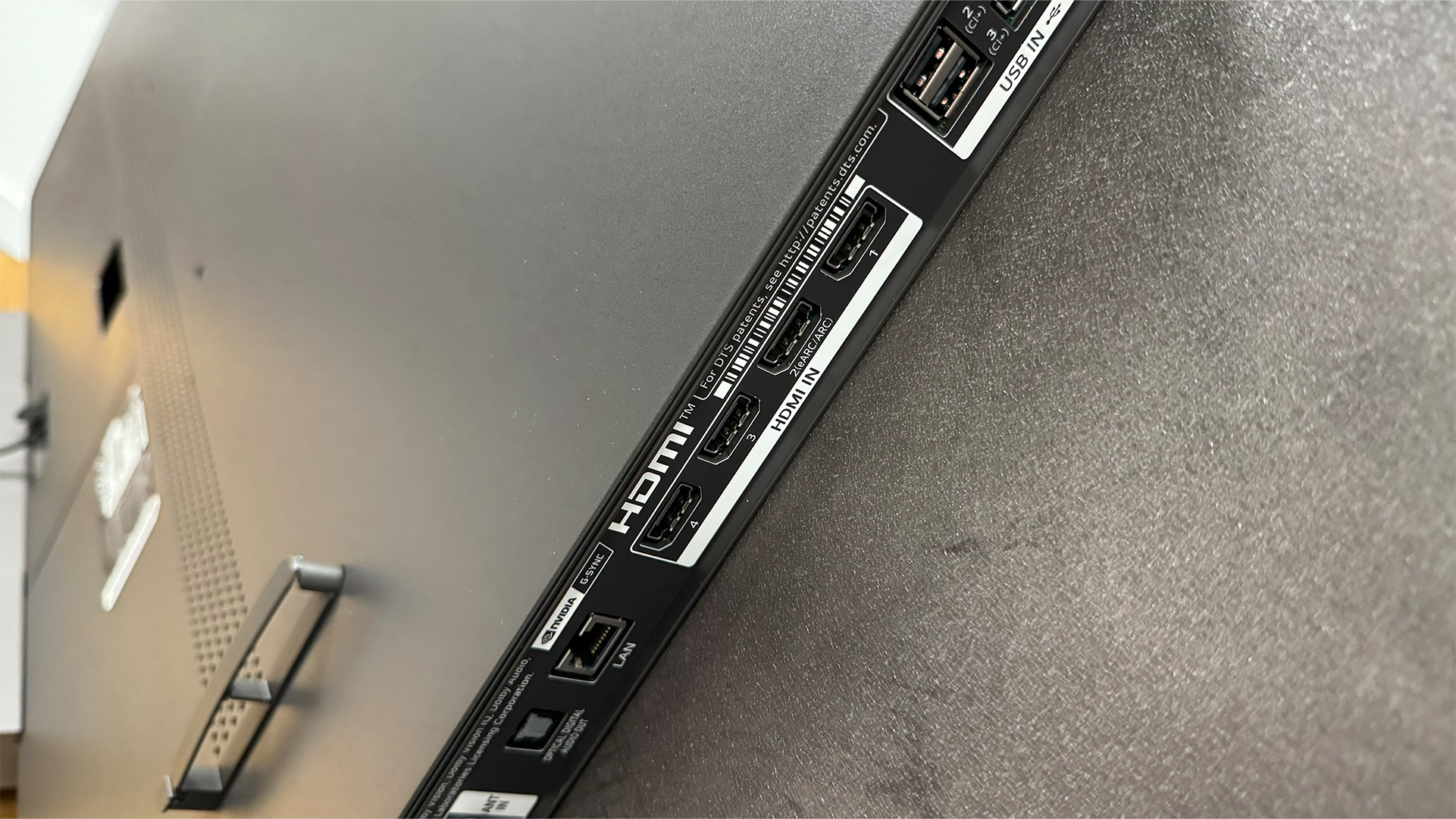
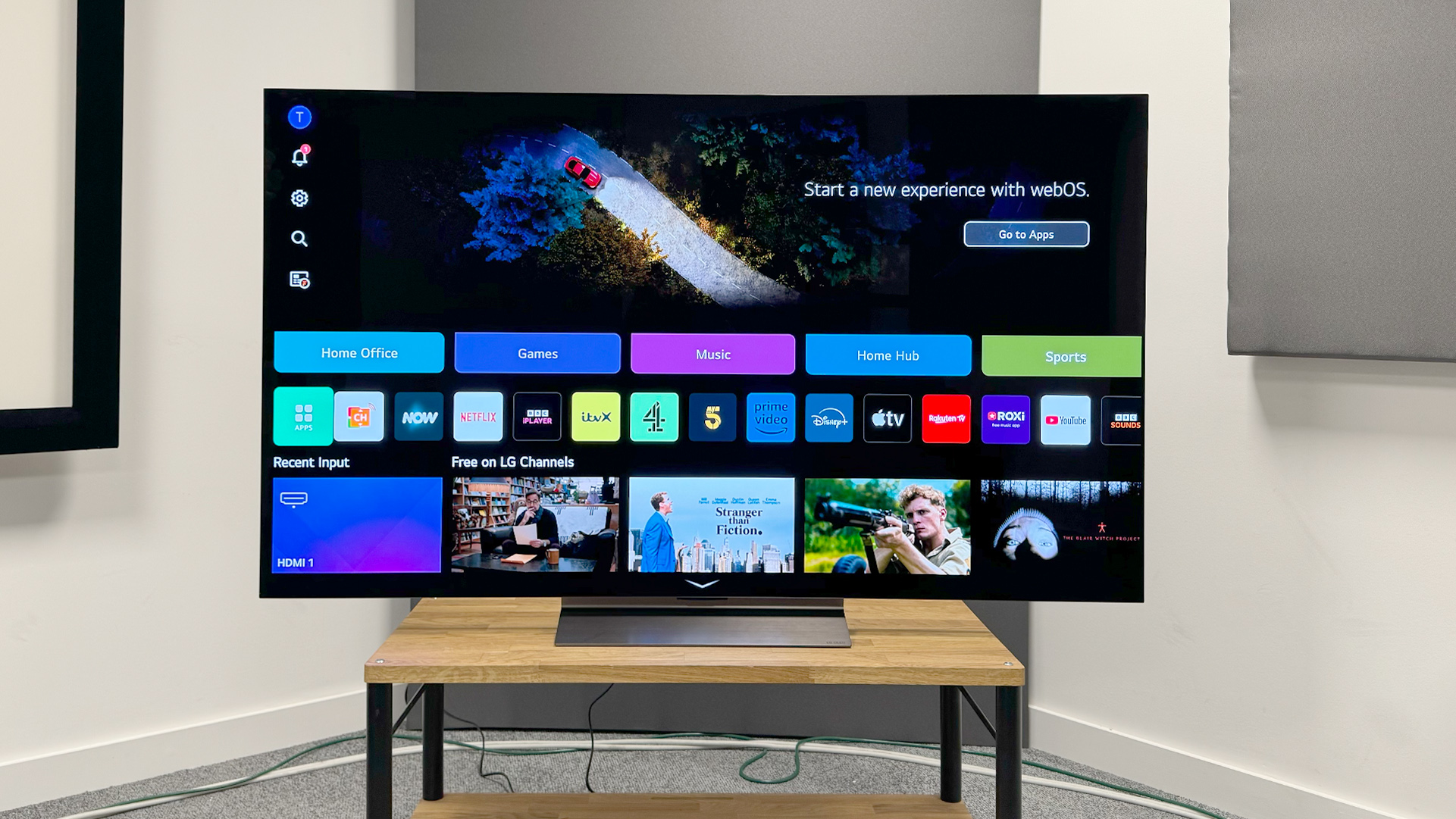
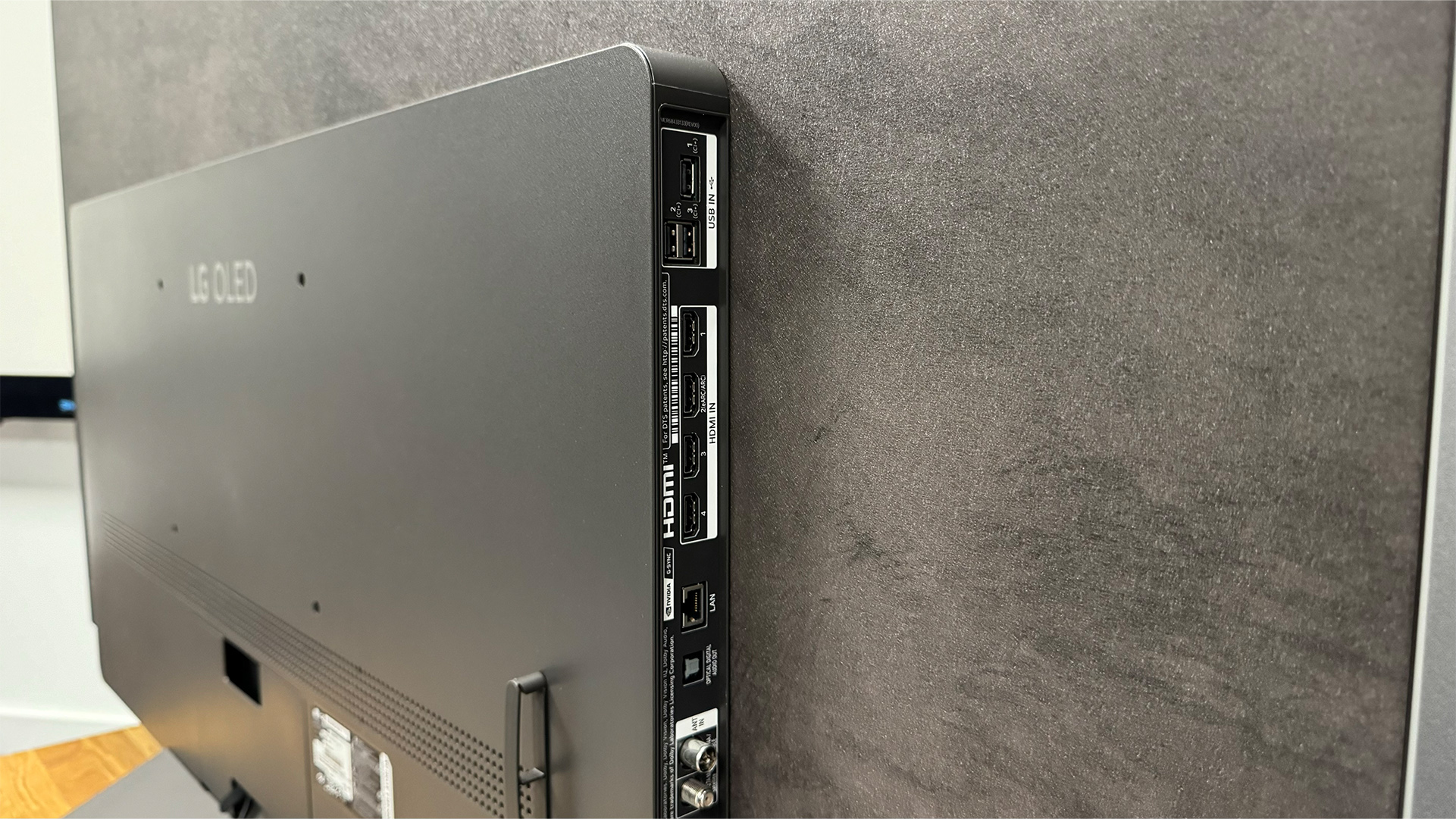
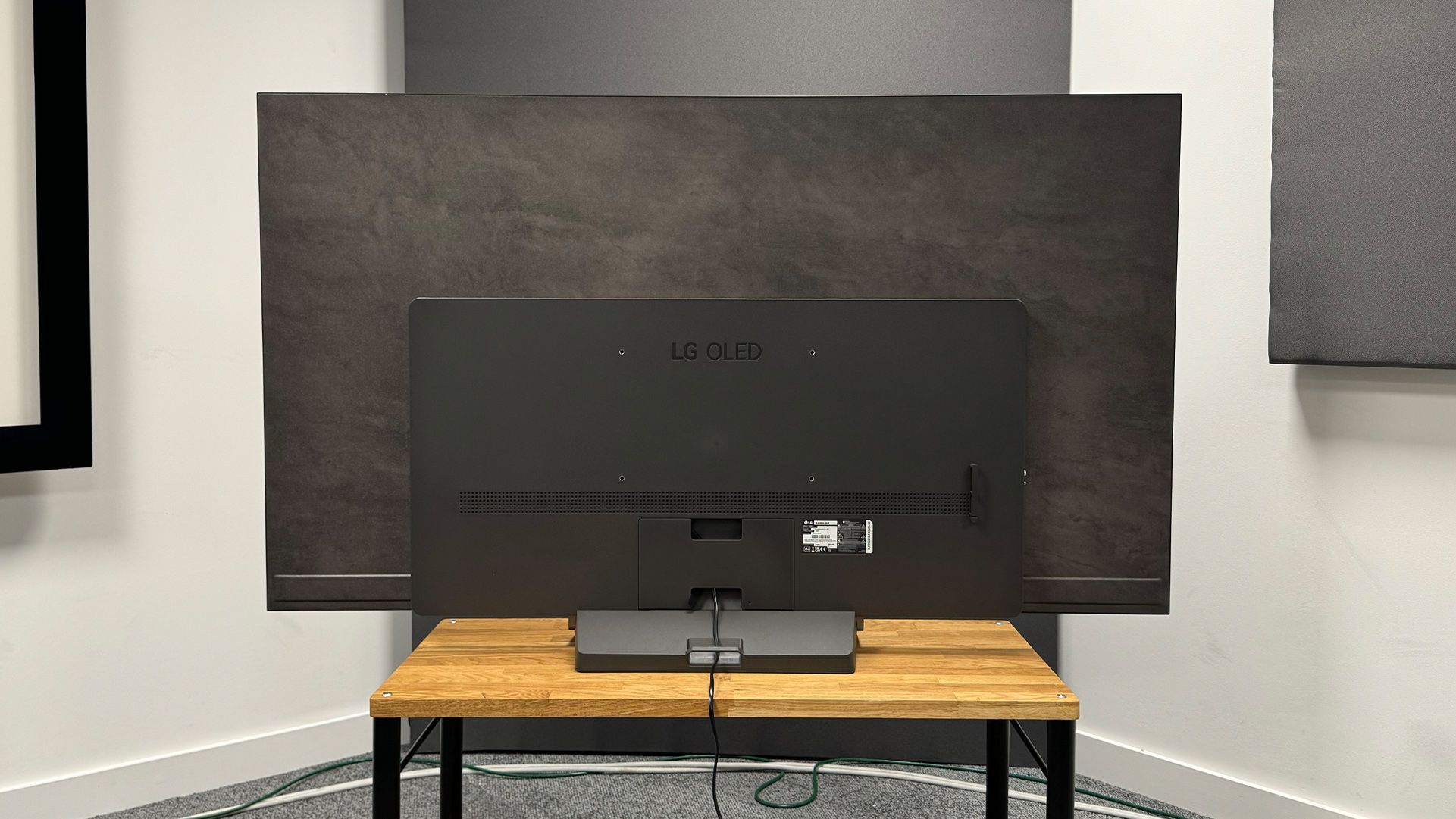
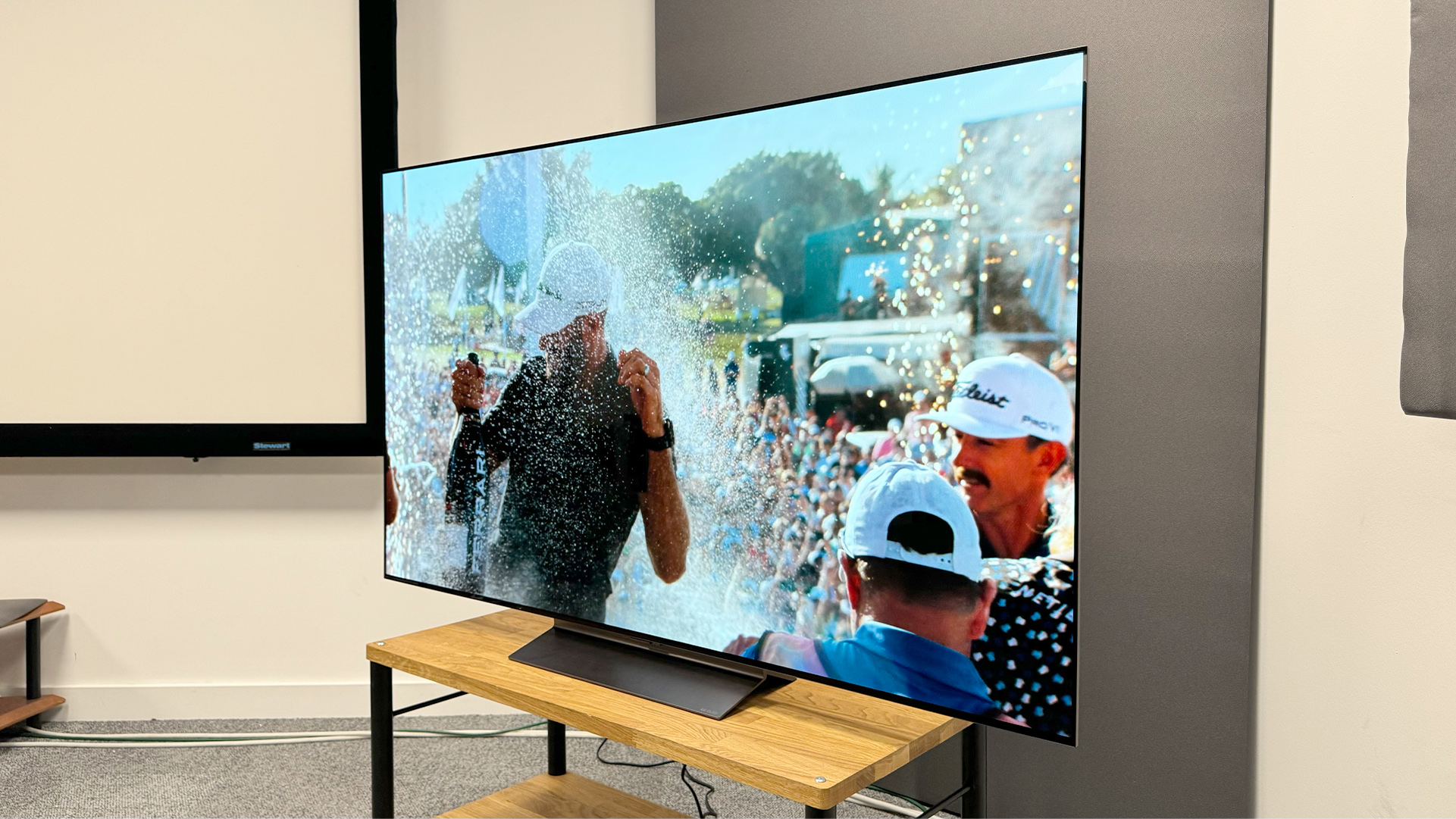
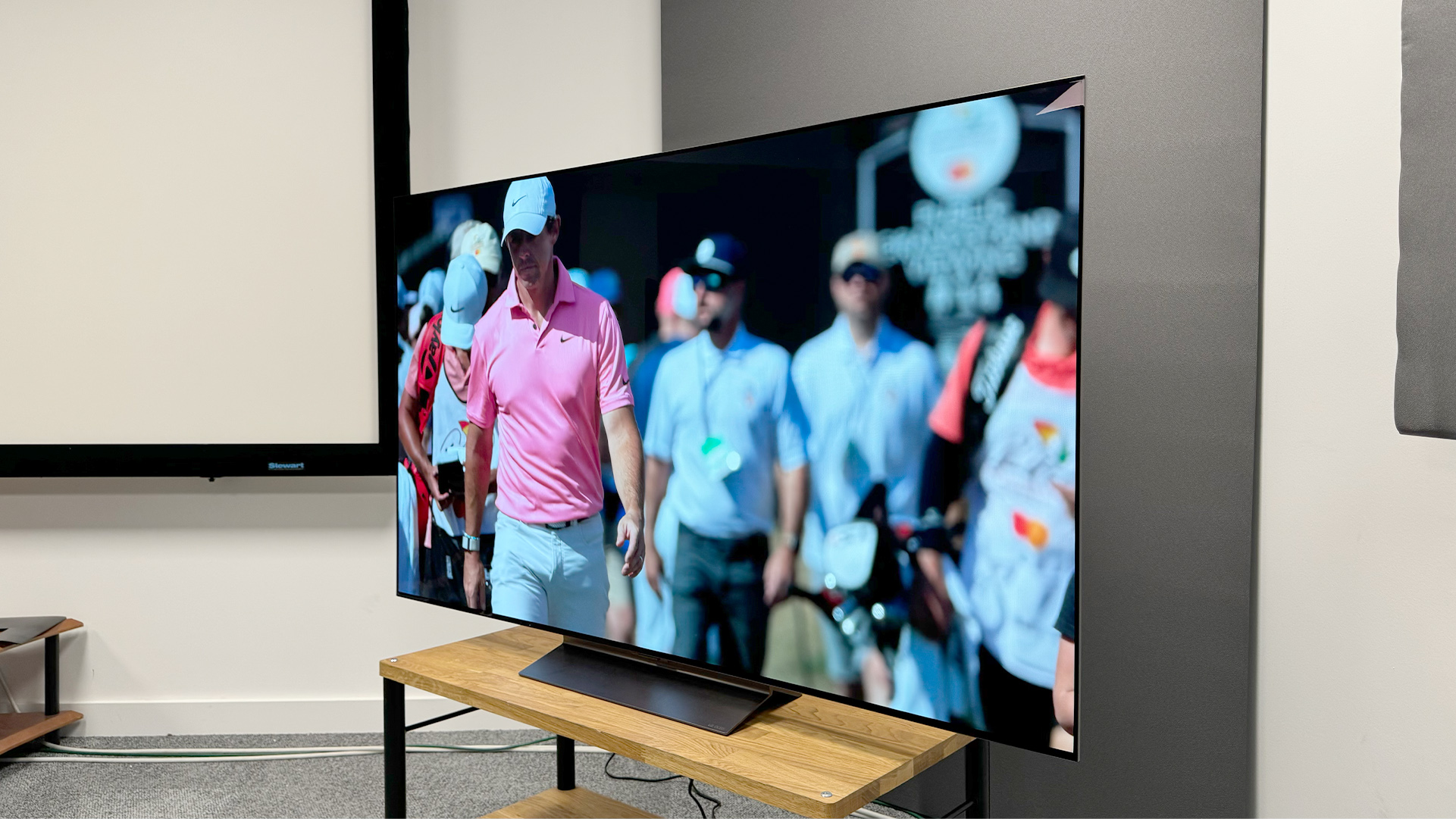
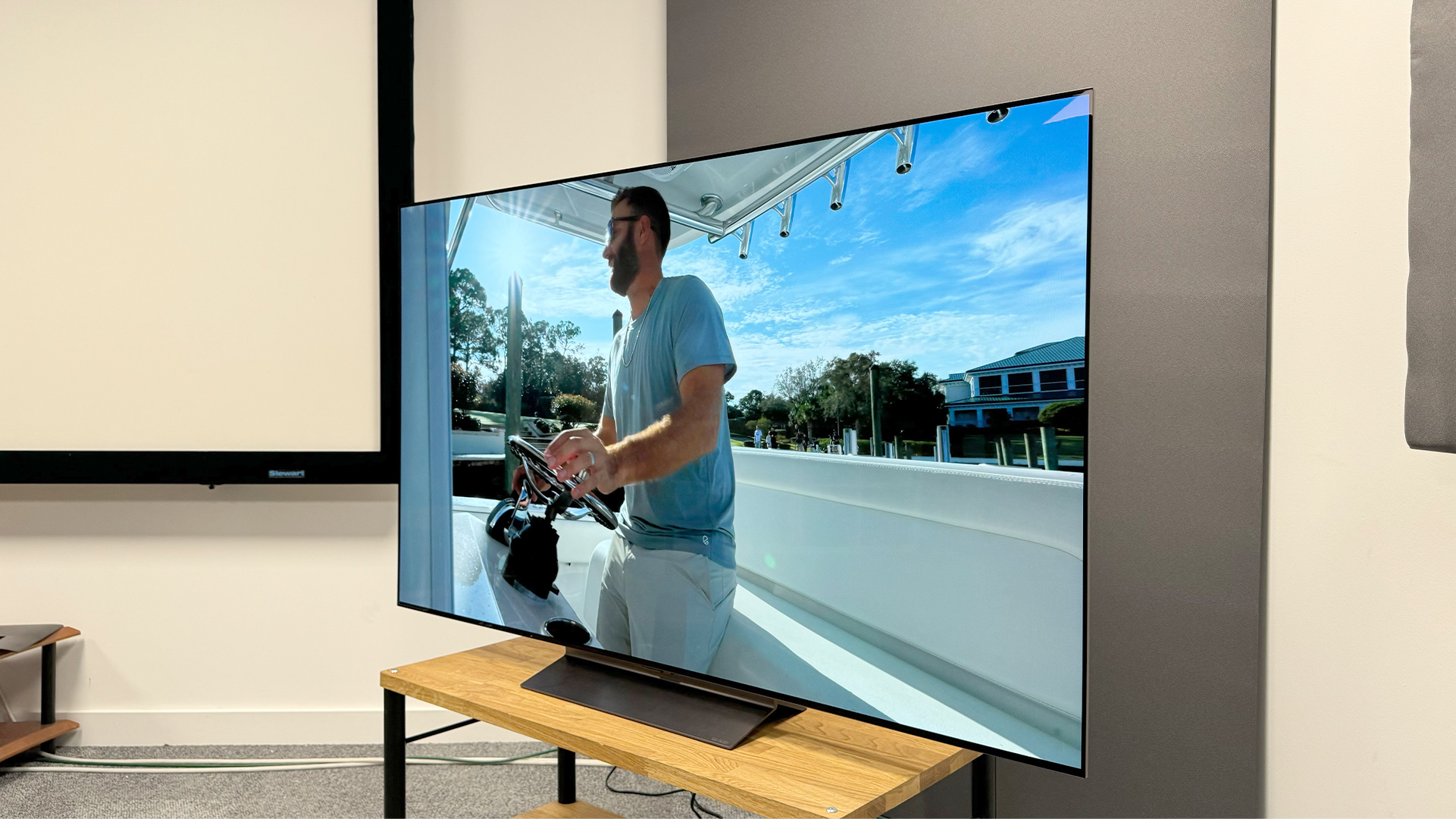
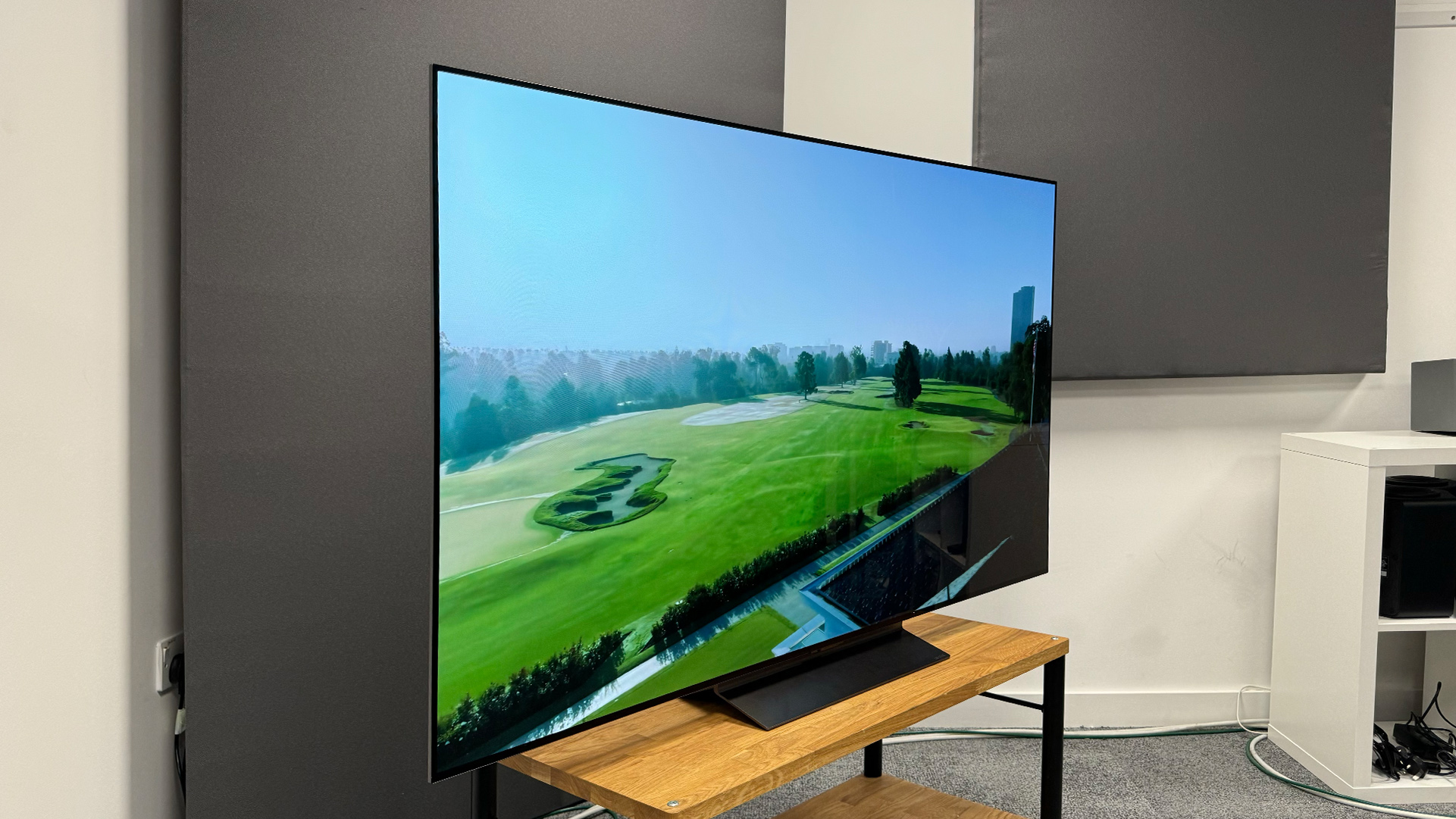
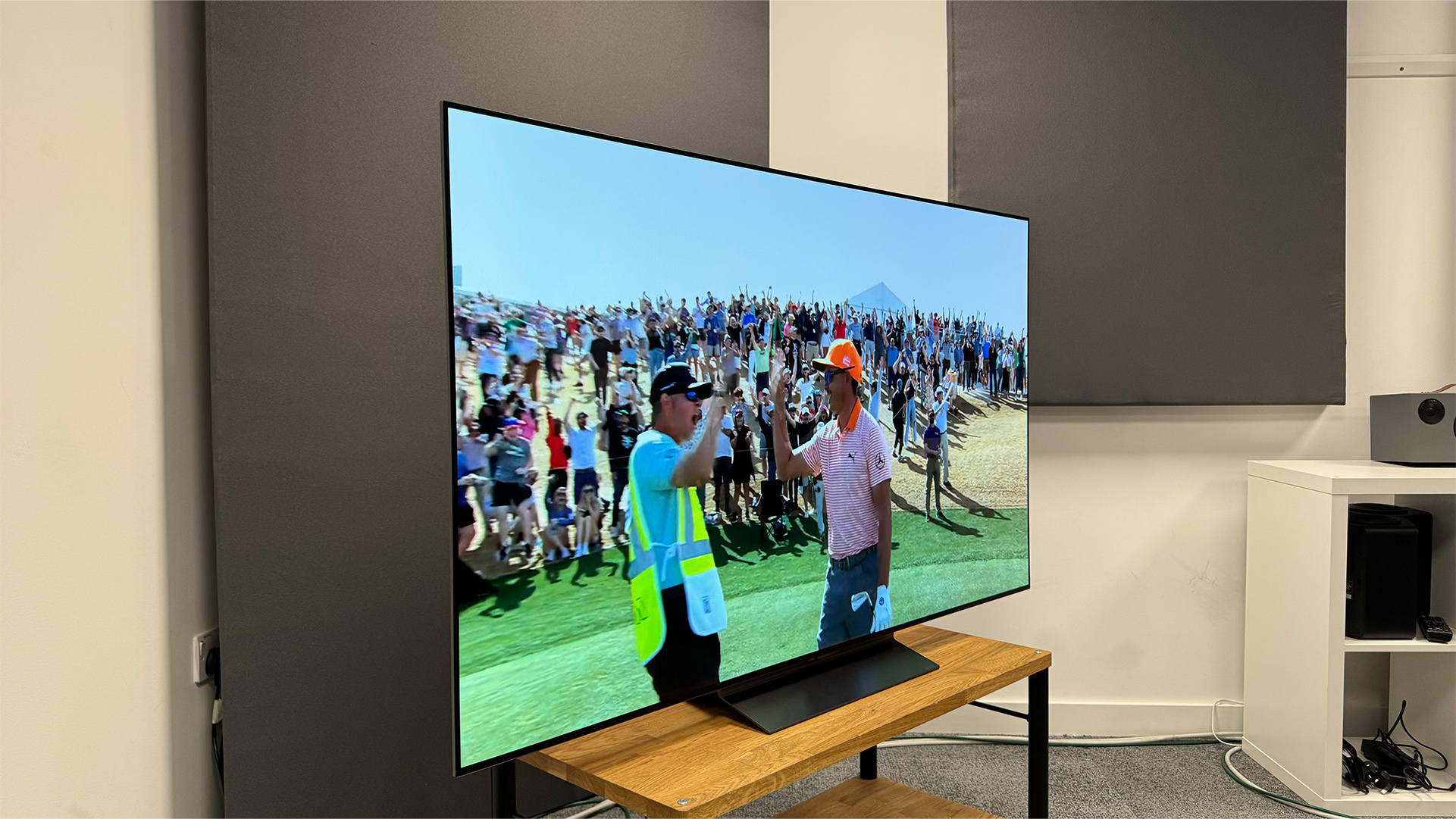
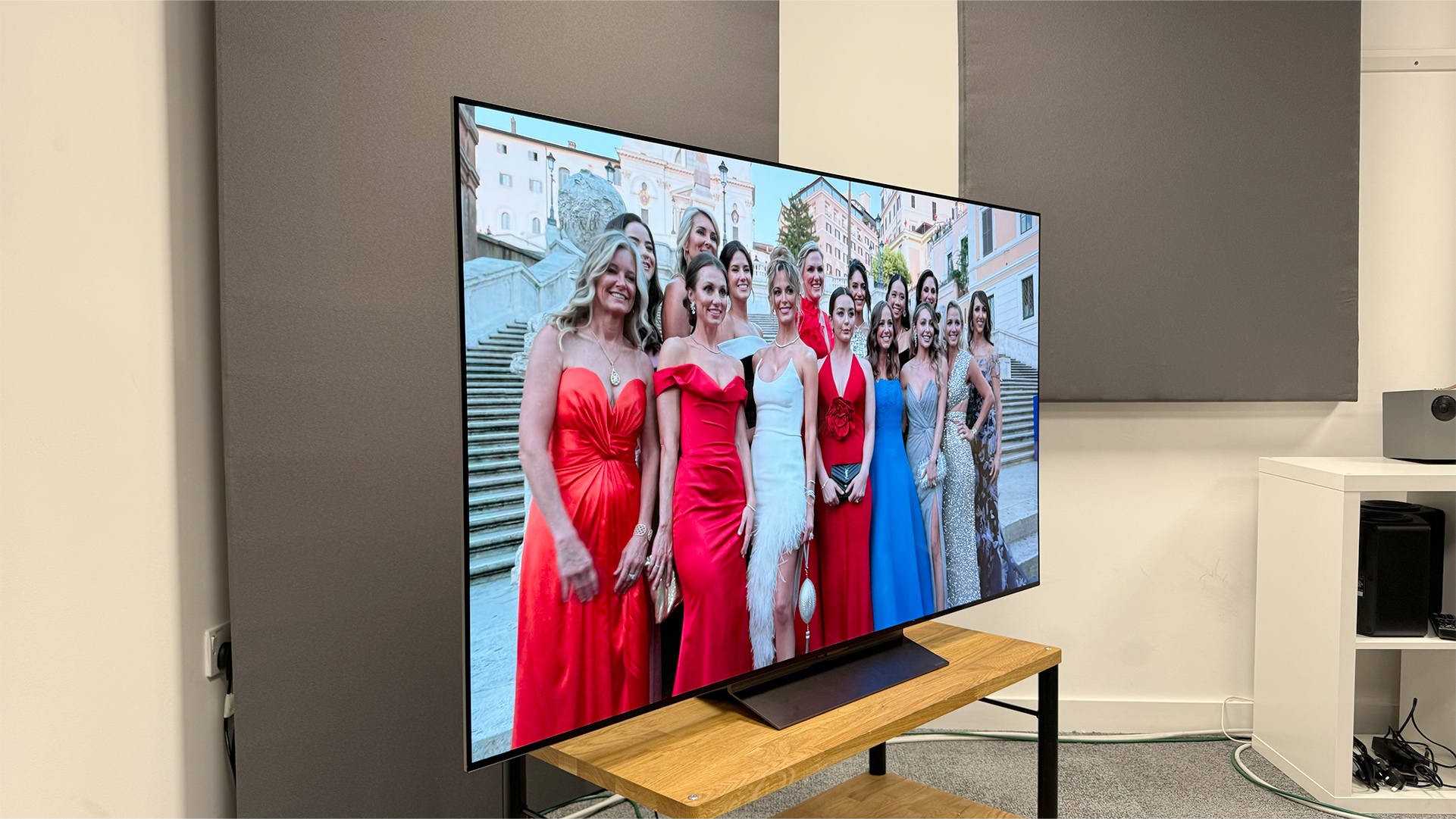
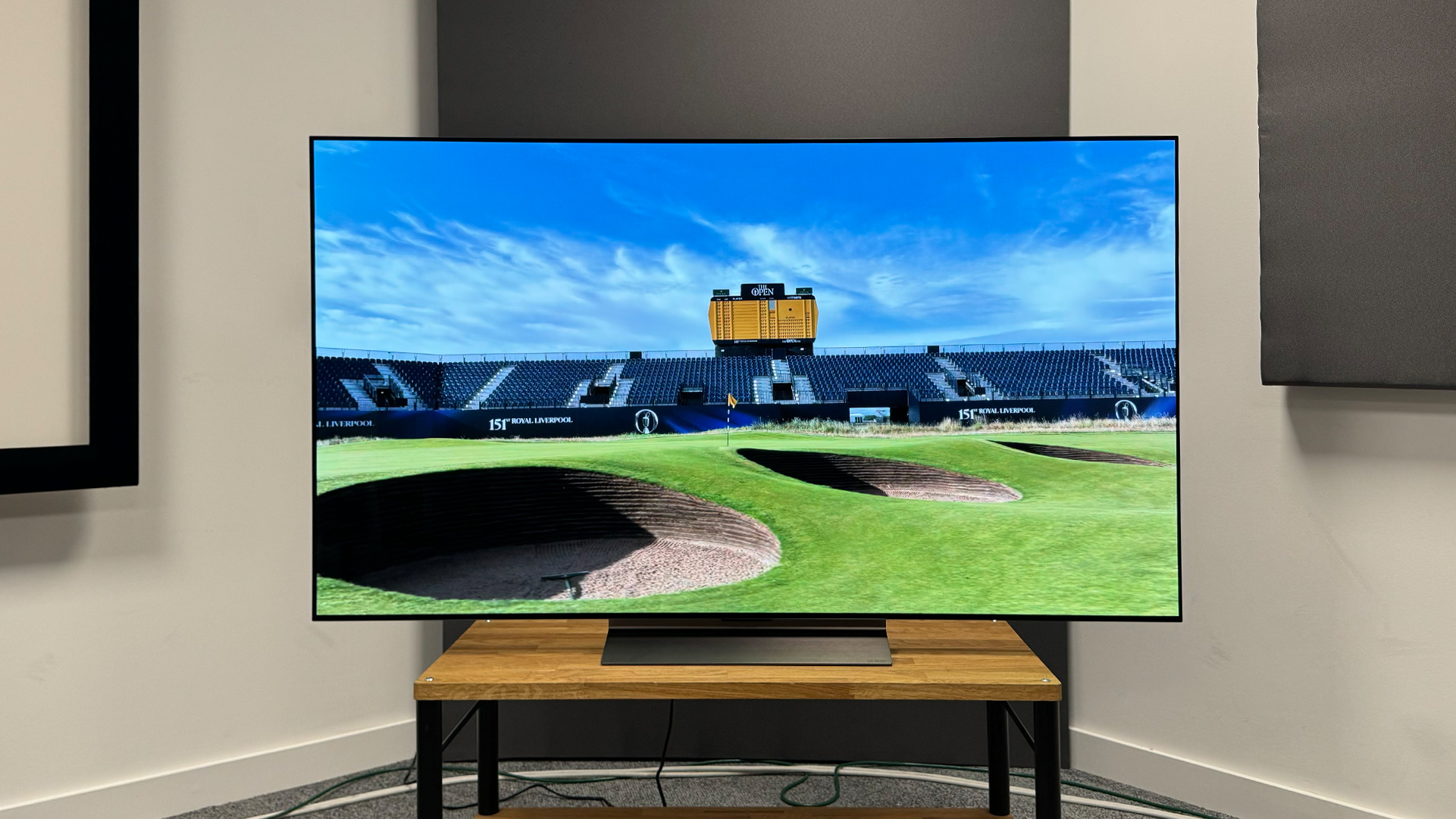
Specifications
Reasons to buy
Reasons to avoid
LG's C-series OLEDs have long been an irresistible combination of performance, features and price, but last year's C3 slightly disappointed simply because it was barely better than the C2 it replaced. LG has learned its lesson, though, and the C4 is a big step forward – brighter, punchier, more dynamic and more exciting in terms of picture quality, all while retaining the balance and consistency for which LG's OLEDs have become renowned.
Sound has been drastically improved, too, with the dull-as-ditchwater audio of the C3 being replaced by a presentation that is altogether punchier, more dynamic, more detailed and weightier. Don't mistake us – an entry-level soundbar such as the Sonos Beam Gen 2 will still be a significant sonic upgrade, but if you are determined to make do with your TV's built-in sound system, the C4 will do a decent job.
The feature set hasn't changed much but it didn't need to. It would have been nice if LG had introduced brightness-boosting MLA technology but it has chosen to eke more out of the 'standard' OLED panel instead, which is perhaps to be expected. The webOS platform has had some minor tweaks to improve access to recommended content, and it remains a masterclass in streaming service availability and optimisation.
On the gaming front, meanwhile, LG has added 144Hz support (which will only be of use to PC gamers with uber-rigs) while retaining support for 4K/120Hz, VRR, ALLM, Dolby Vision gaming and HGiG. All four HDMI sockets are 2.1-spec and can handle all of those features, too – still a rarity away outside of LG and Samsung. In other words, it's got a flawless gaming feature set. It's also got super-low input lag of under 10ms and its brighter, punchier picture quality really makes the most of the latest and greatest blockbuster games.
In summary, this is a very good TV for movies and TV shows, and an absolute belter for games. It's good value for a new, premium model, too.
Read the full LG C4 review
| Attributes | Notes | Rating |
|---|---|---|
| Picture | Brighter, punchier and sharper than the C3, the C4 gets very close to the Bravia 8 for picture quality | ★★★★★ |
| Sound | While not perfect, this is a big step up for LG and good overall sound by TV standards | ★★★★☆ |
| Features | Flawless gaming specs and an intuitive, app-packed smart platform | ★★★★★ |
The best budget 65-inch TV (UK)
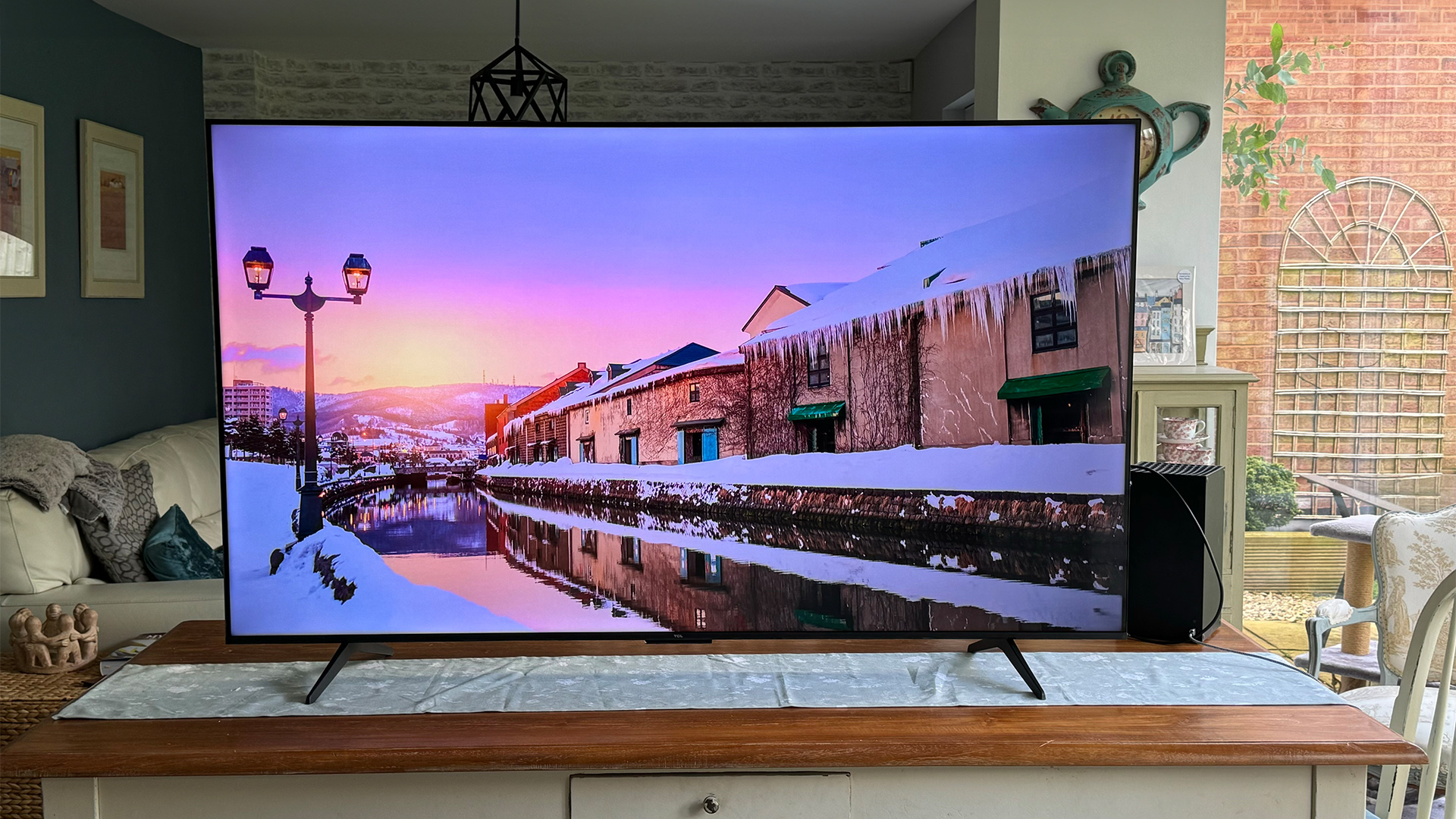
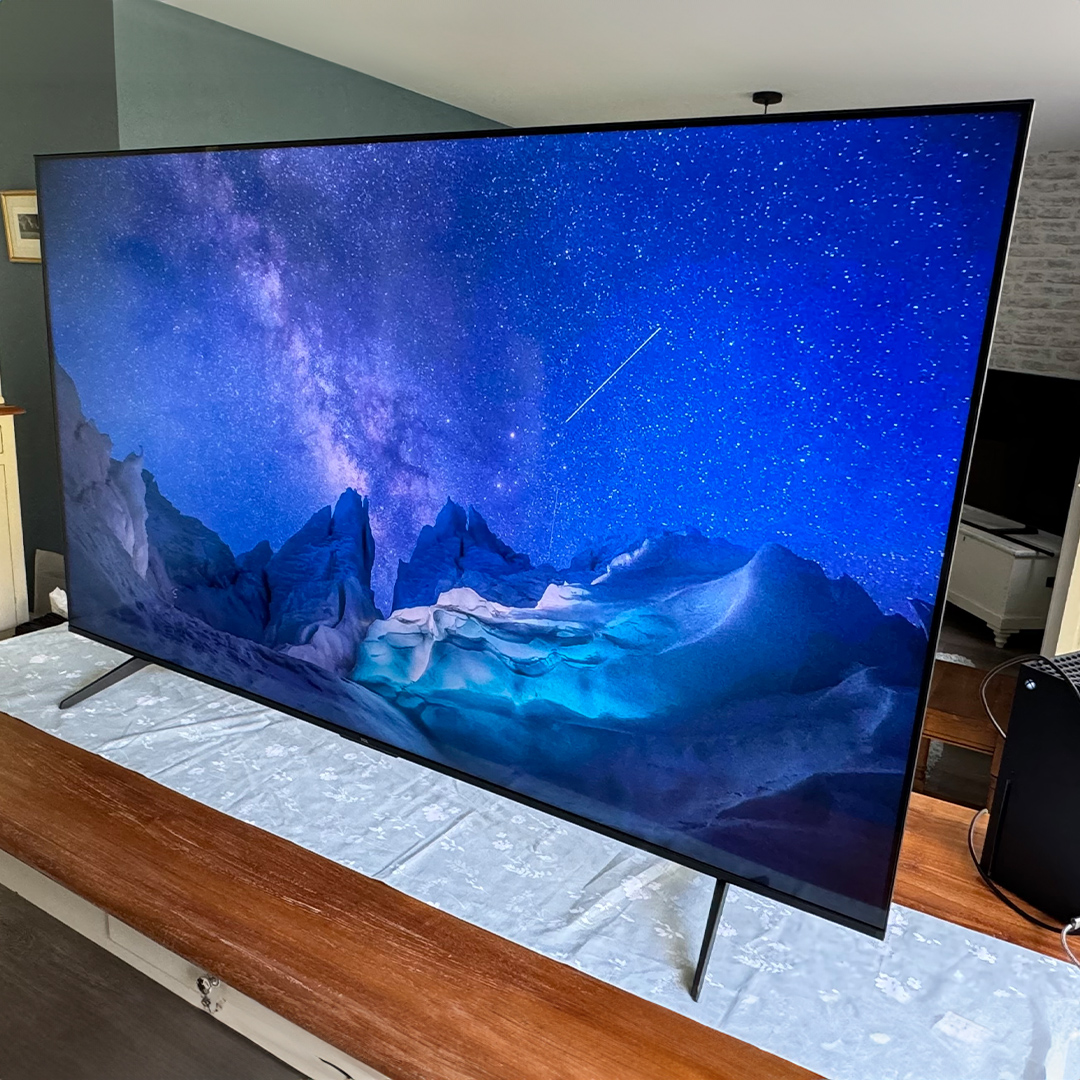
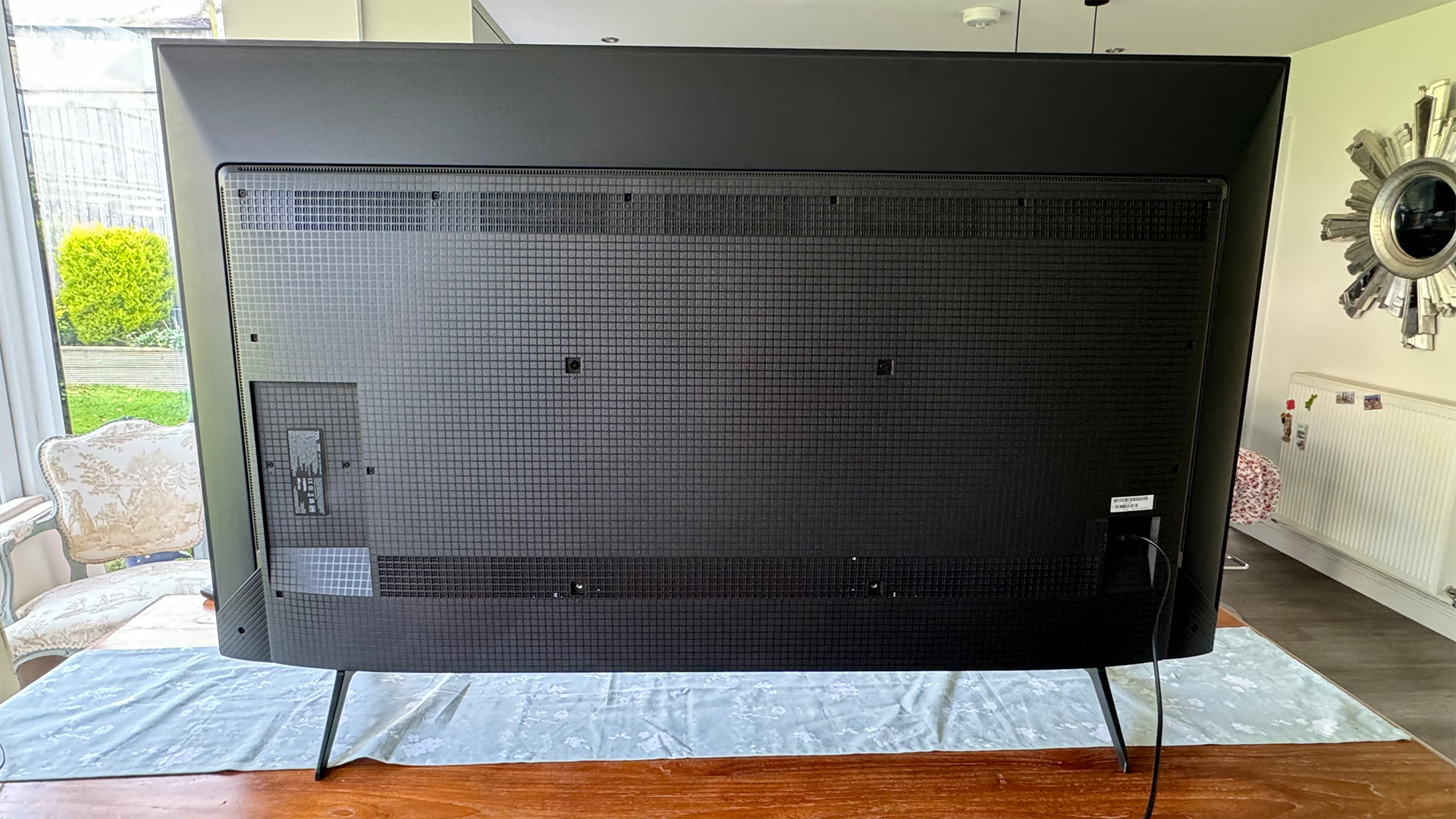
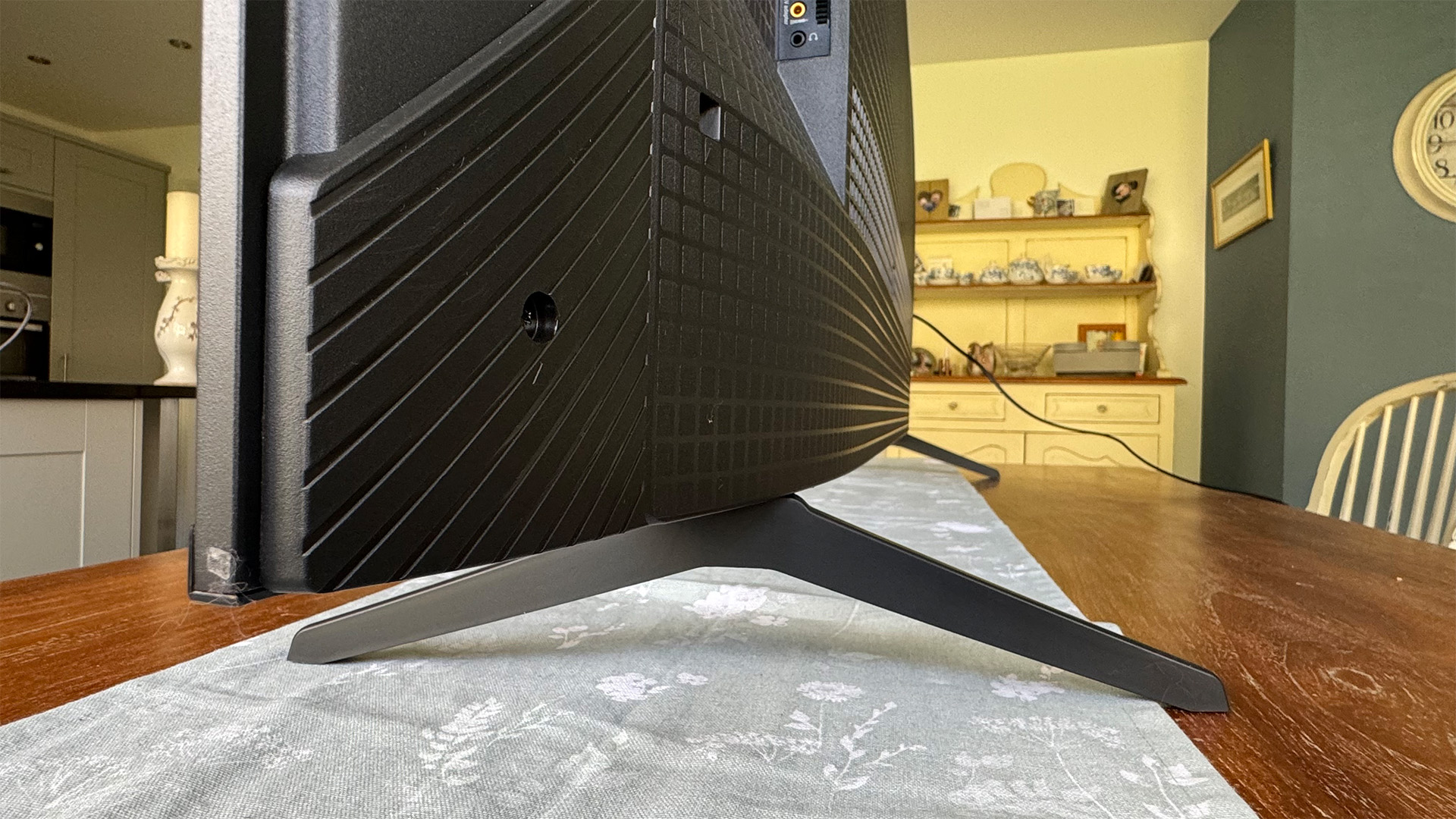
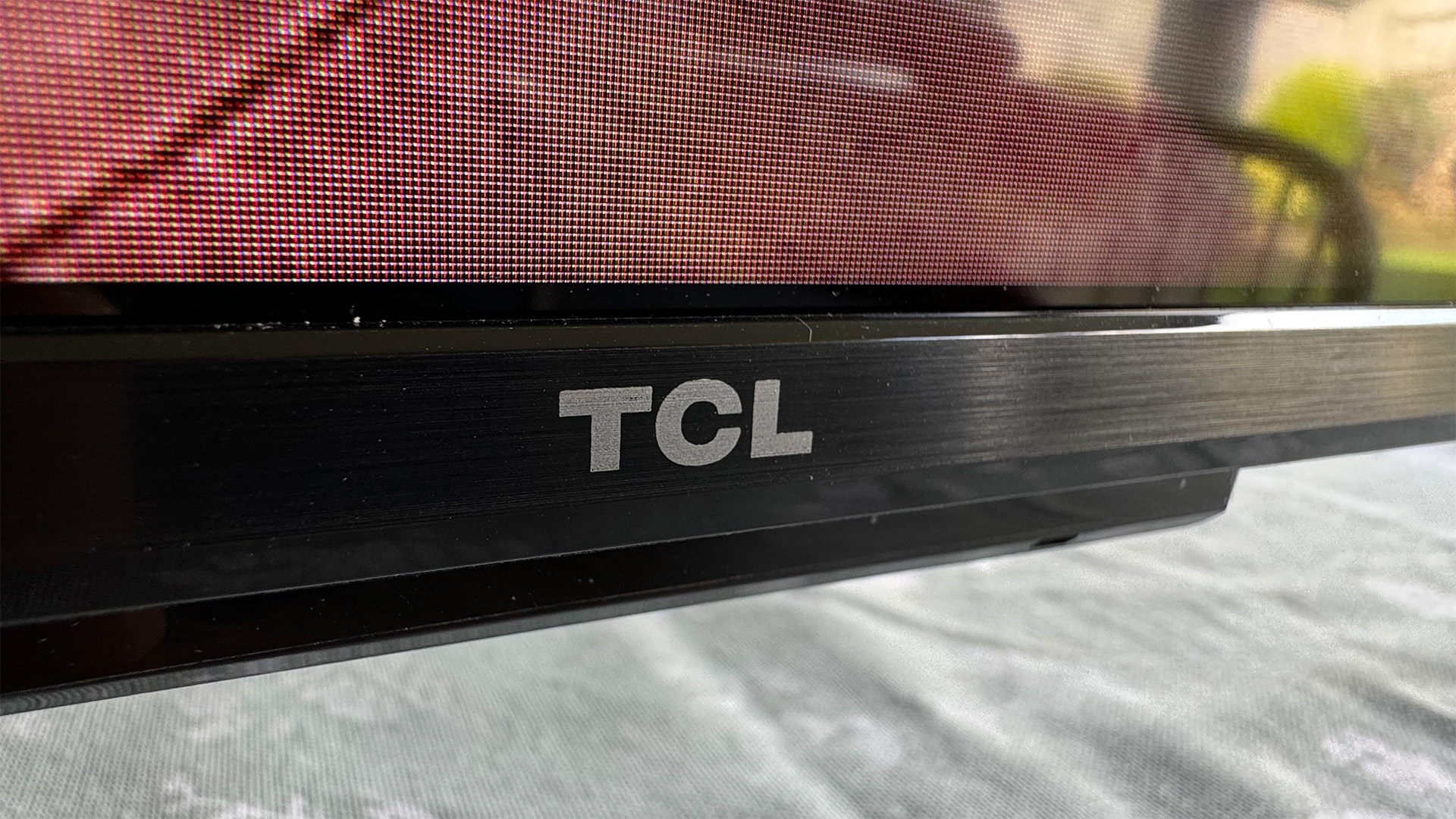
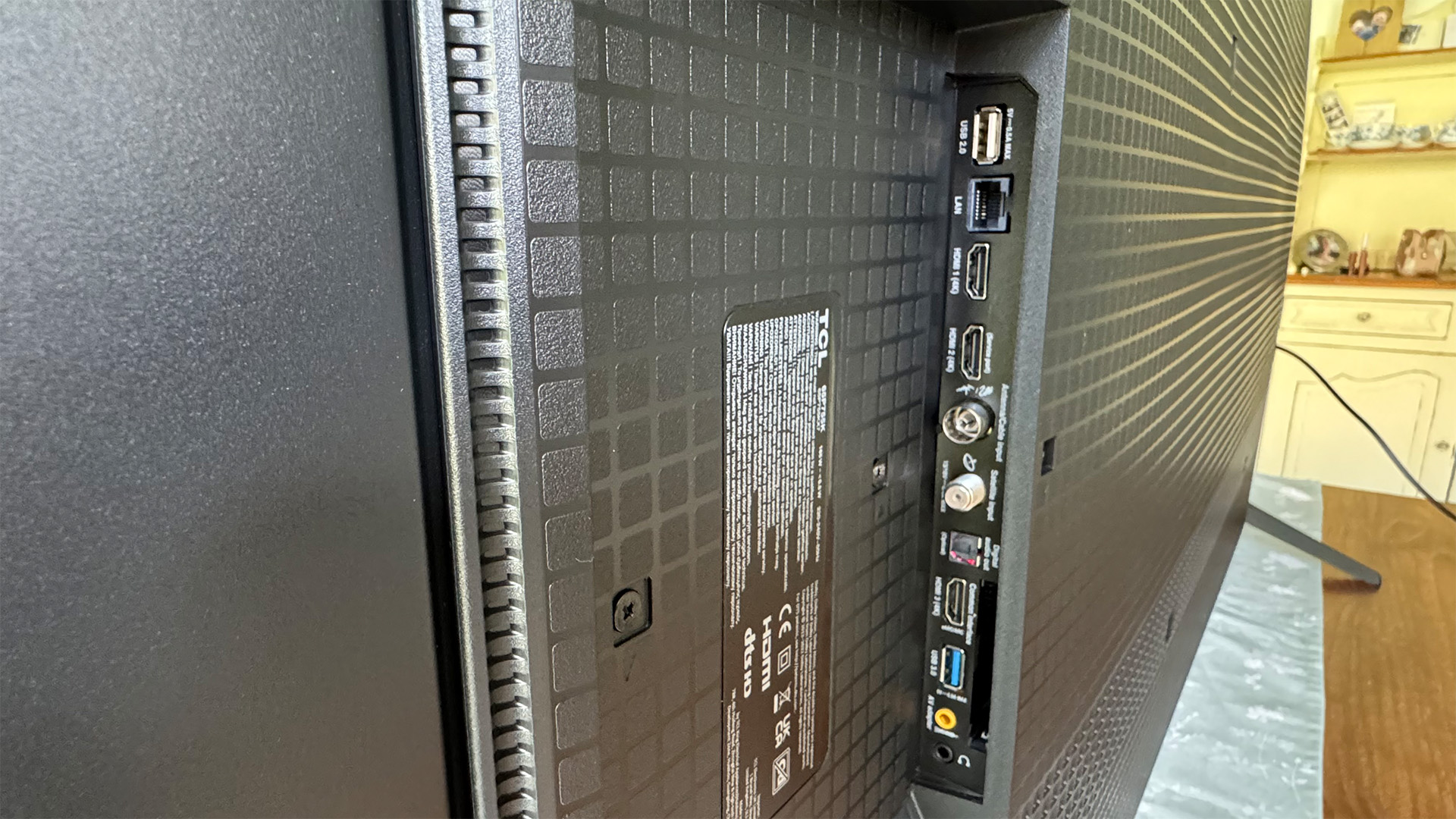
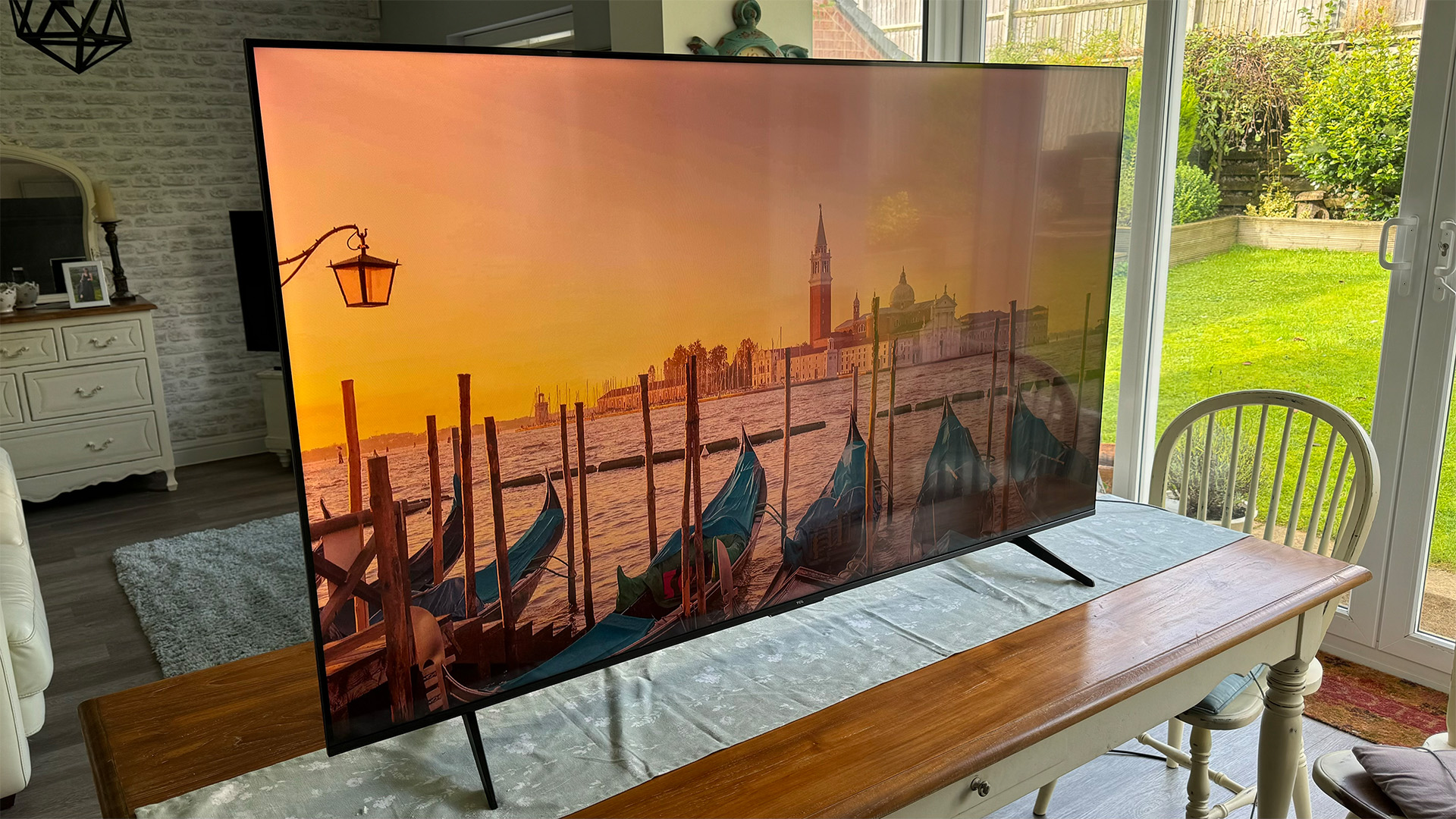
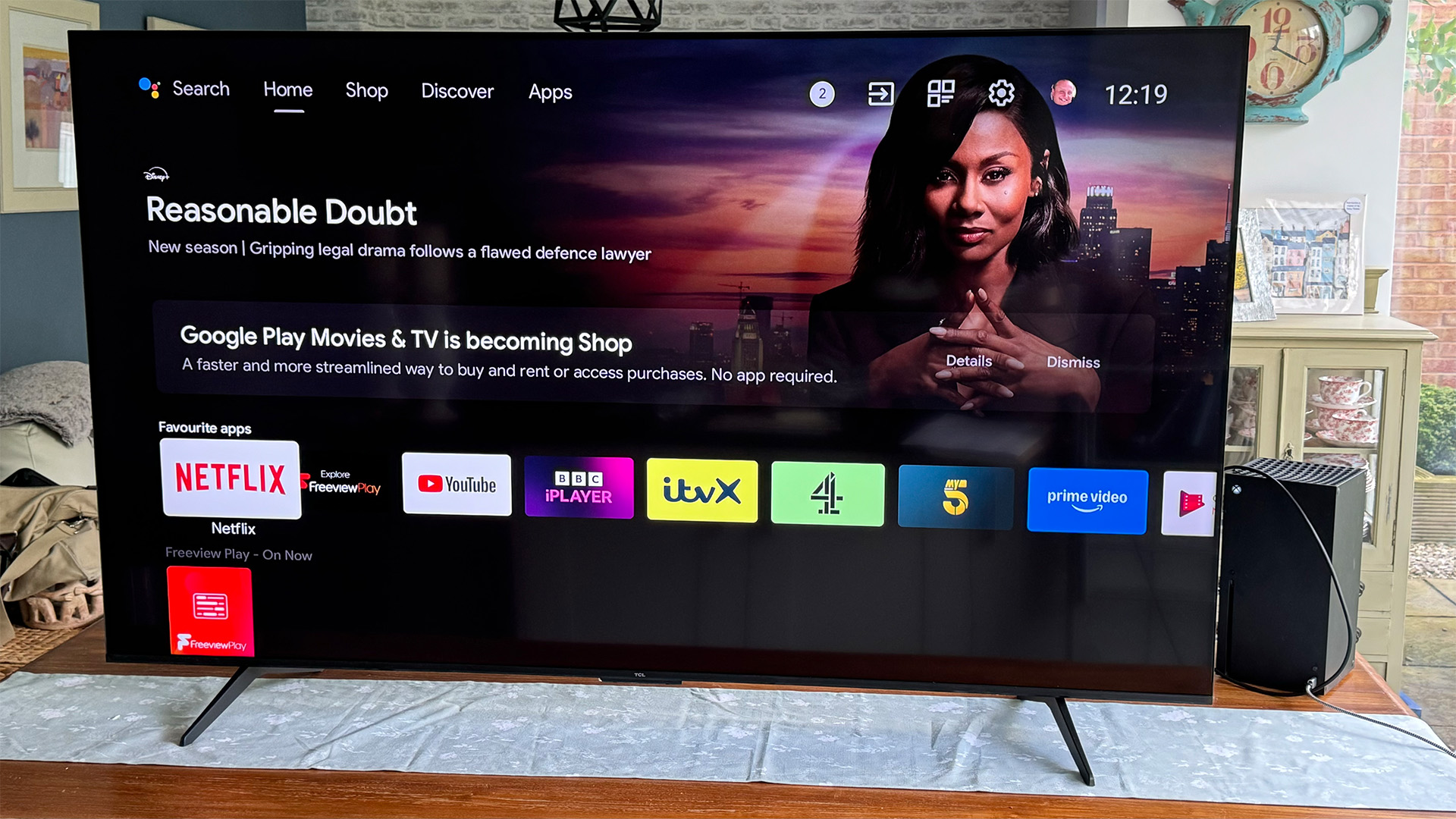
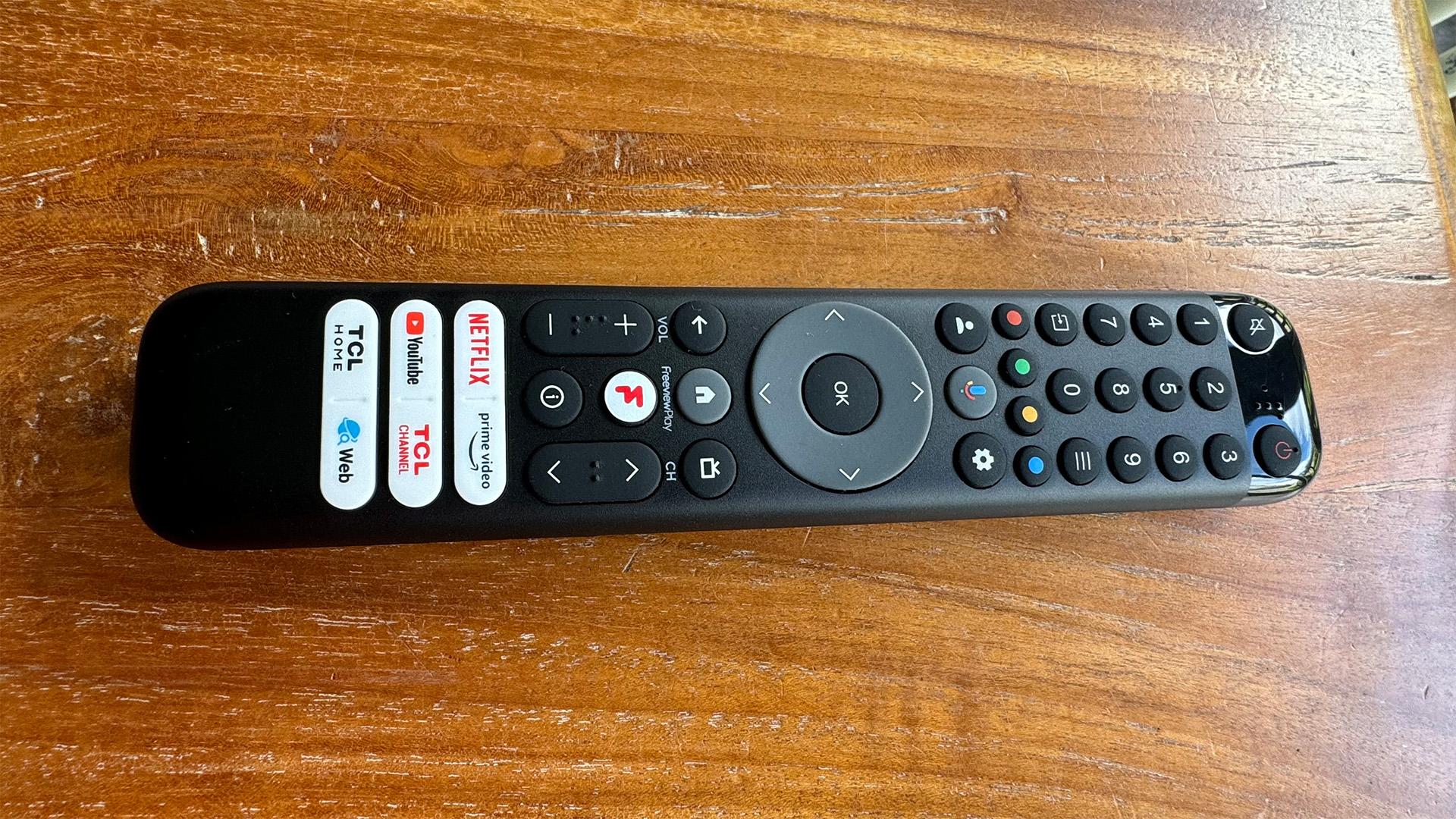
Specifications
Reasons to buy
Reasons to avoid
65-inch TVs that cost less than £500 are pretty rare to begin with, and examples that are actually decent are like hens' teeth – yet that's precisely what we have here.
It won't surprise you to learn that the design is pretty basic and plasticky, but the P755K at least isn't horribly chunky and its remote is quite nice to hold and use despite the budget materials.
There are just three HDMI sockets, but they support advanced features such as eARC, VRR and ALLM. And while the panel has just a 60Hz refresh rate, it can support 120Hz gaming by reducing the resolution – a sacrifice that some may feel is worth making for improved competitiveness in online matches.
HDR support is superb, with all four of the formats of note being supported, and while there's no local-dimming, the P755K sports a VA panel with a direct LED backlight, which should make it brighter than the edge-lit, IPS-panelled TVs that you usually find at this level.
Surprisingly, though, it's the vibrancy of the P755K's colours that is most impressive, despite the TV lacking the Quantum Dots of more expensive models in TCL's range. That vibrancy comes with subtlety and balance, too, and the TV looks cinematically authentic overall.
Overall brightness isn't actually that high, but the TV employs intelligent tone mapping so that you do still feel the contrasty benefits of HDR, and there's good detail and sharpness, particularly with 4K sources.
It's fair to say that black depth isn't amazing and motion is a little soft. There's a strange bug when watching Dolby Vision from external sources, too, though this thankfully isn't an issue with streamed Dolby Vision content. The only other thing to bear in mind is that the sound is a bit weedy, so it's worth budgeting for a cheap soundbar if you can.
Even so, this is an impressive TV for the money. If you're looking for a substantial TV for a small outlay, this is the one we recommend.
Read the full TCL P755K review
| Attributes | Notes | Rating |
|---|---|---|
| Picture | A vibrant, balanced and sharp picture that is just let down in terms of black depth and motion-handling | ★★★★☆ |
| Sound | Adequate for everyday TV, but the sound lacks bass and directness so a soundbar is recommended | ★★★☆☆ |
| Features | Just three HDMIs but HDR support is excellent and gaming features are surprisingly robust | ★★★★☆ |
The best budget 65-inch TV (US)
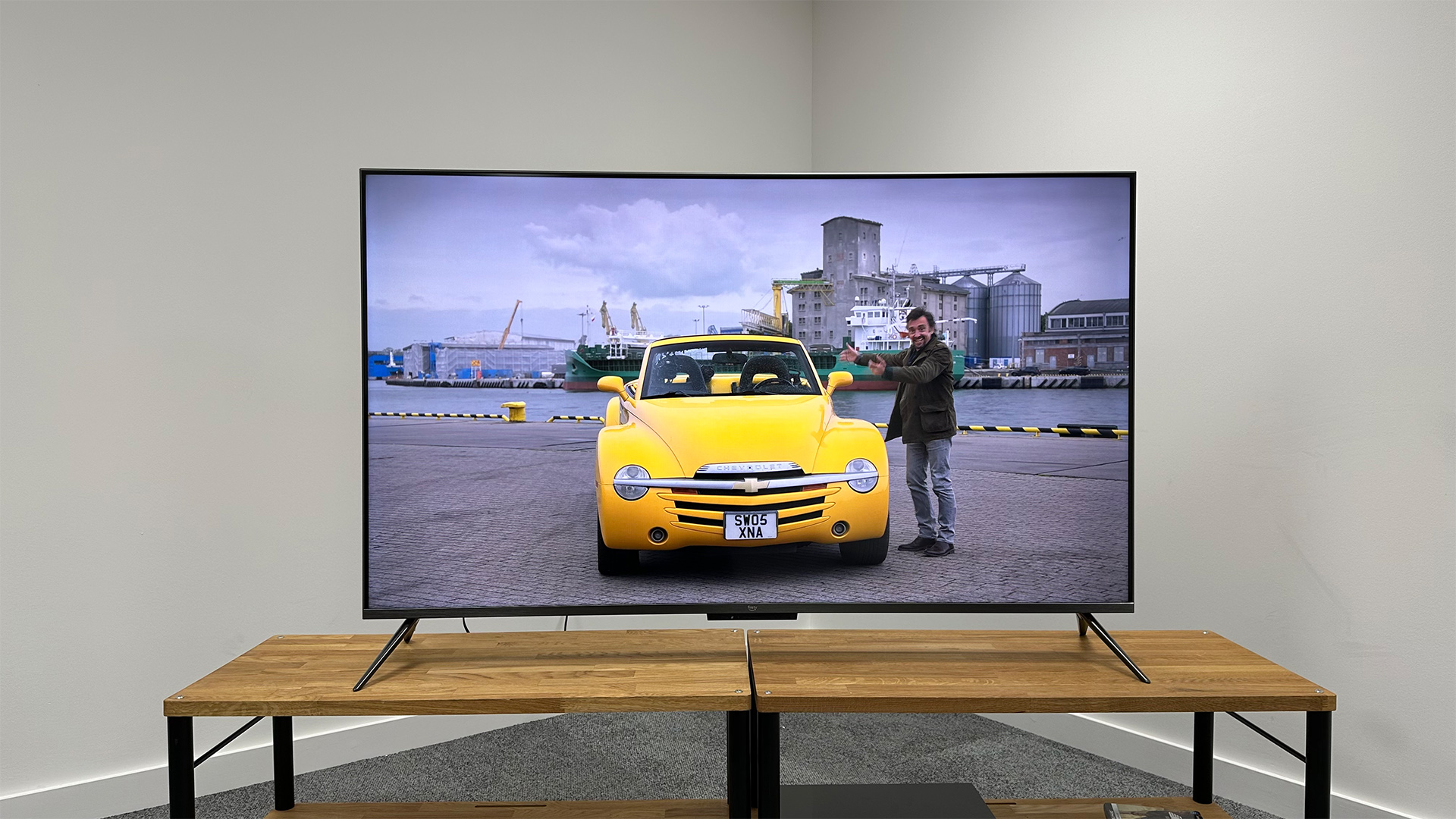
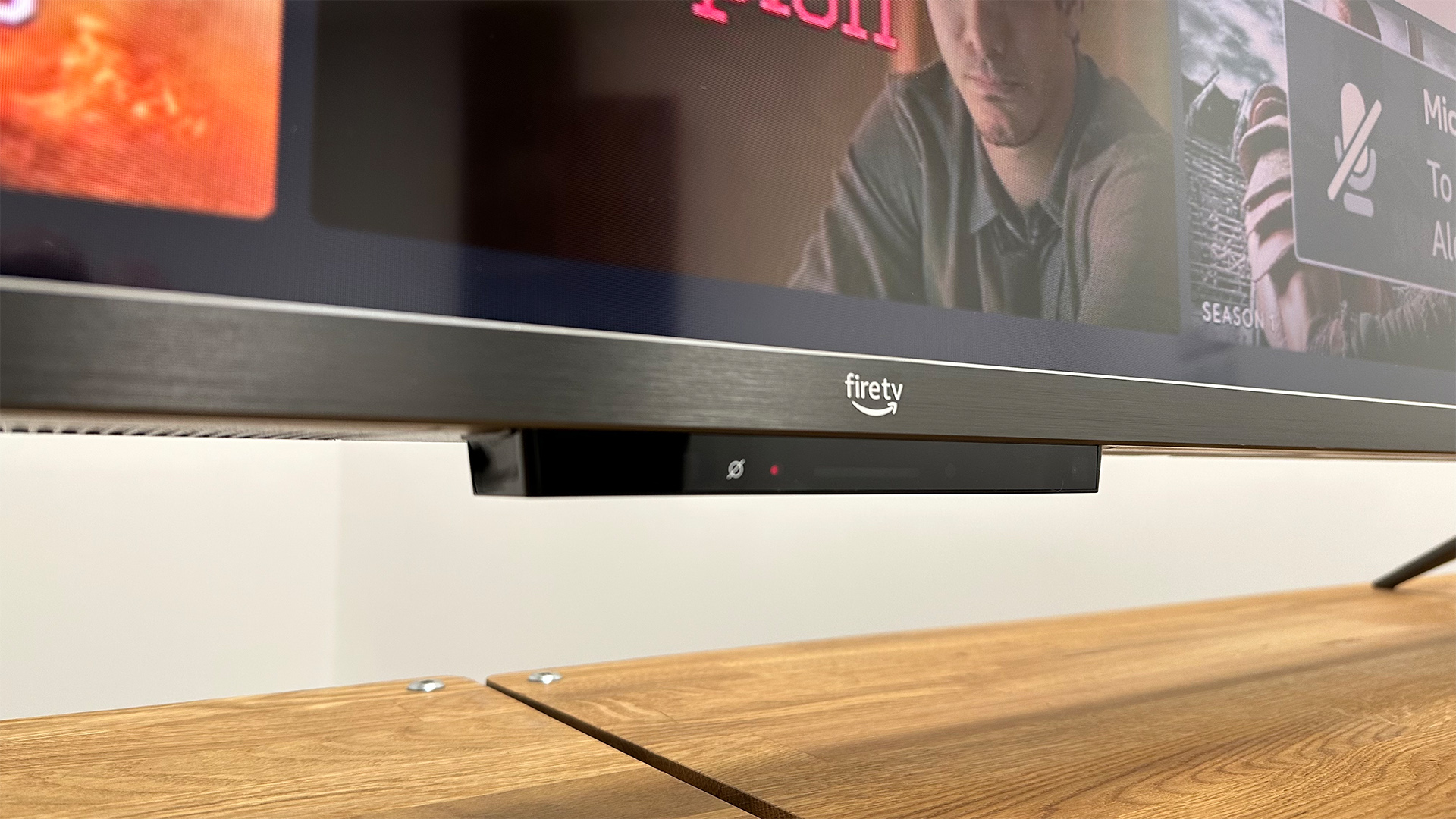
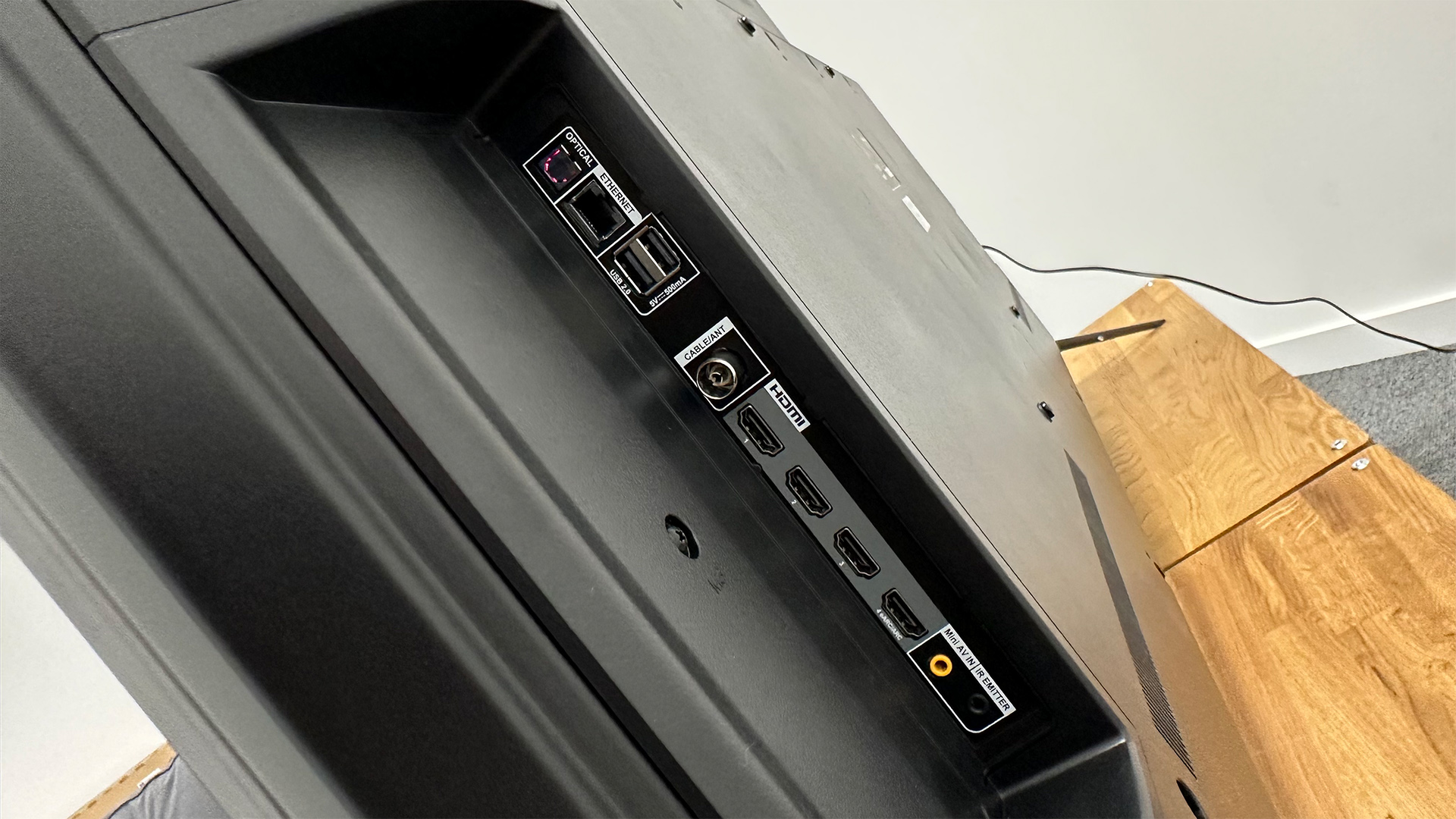
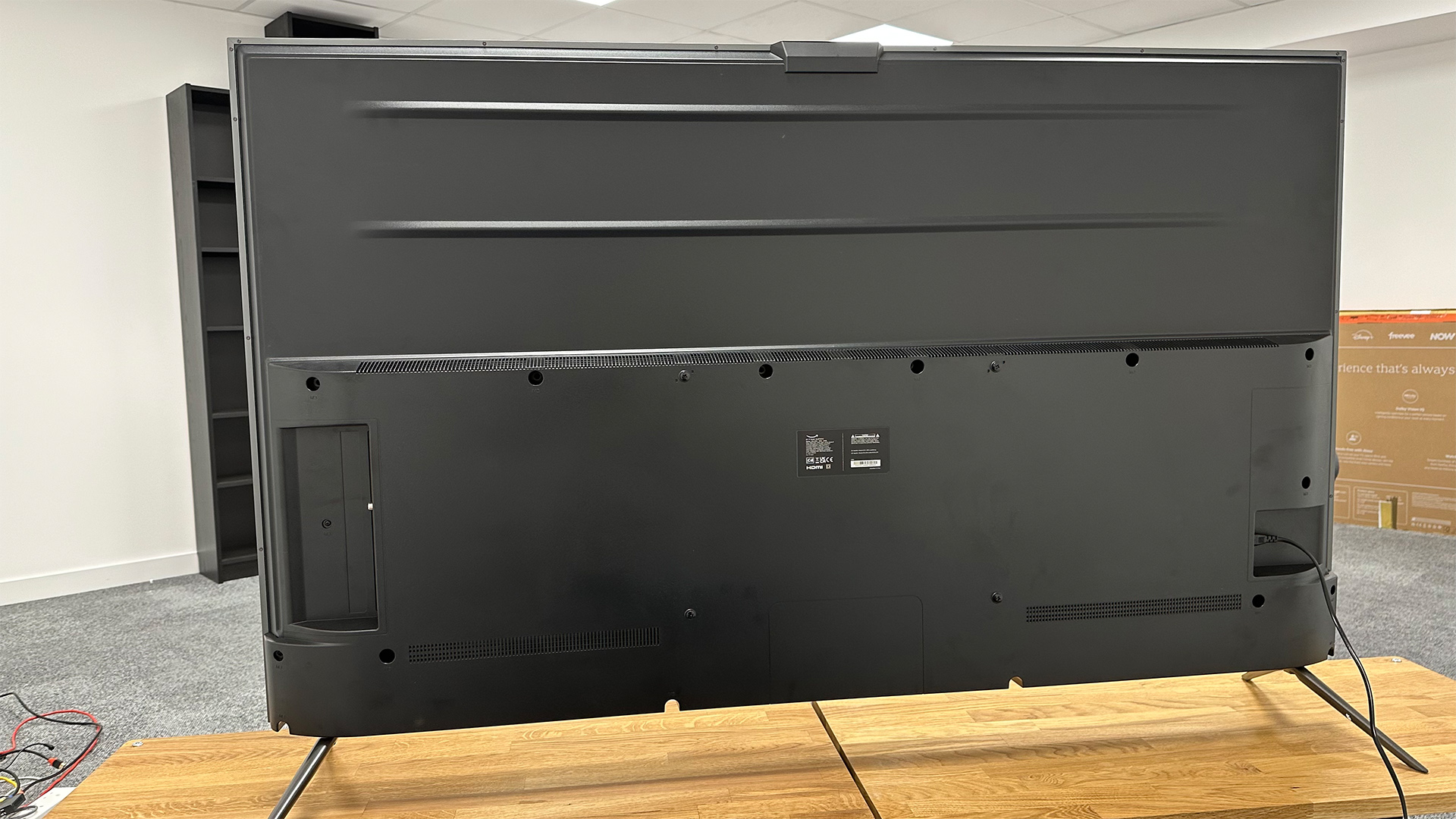
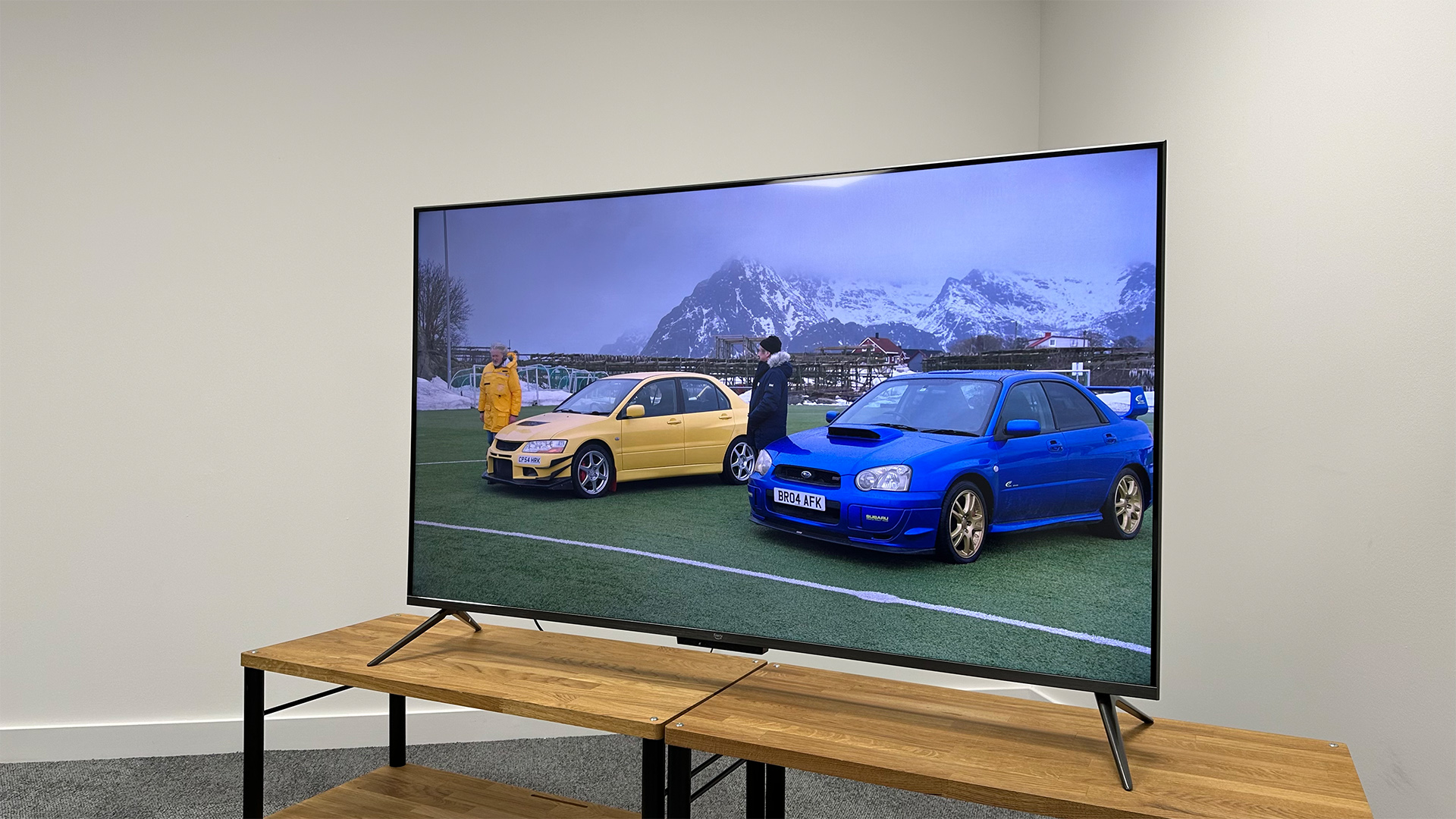
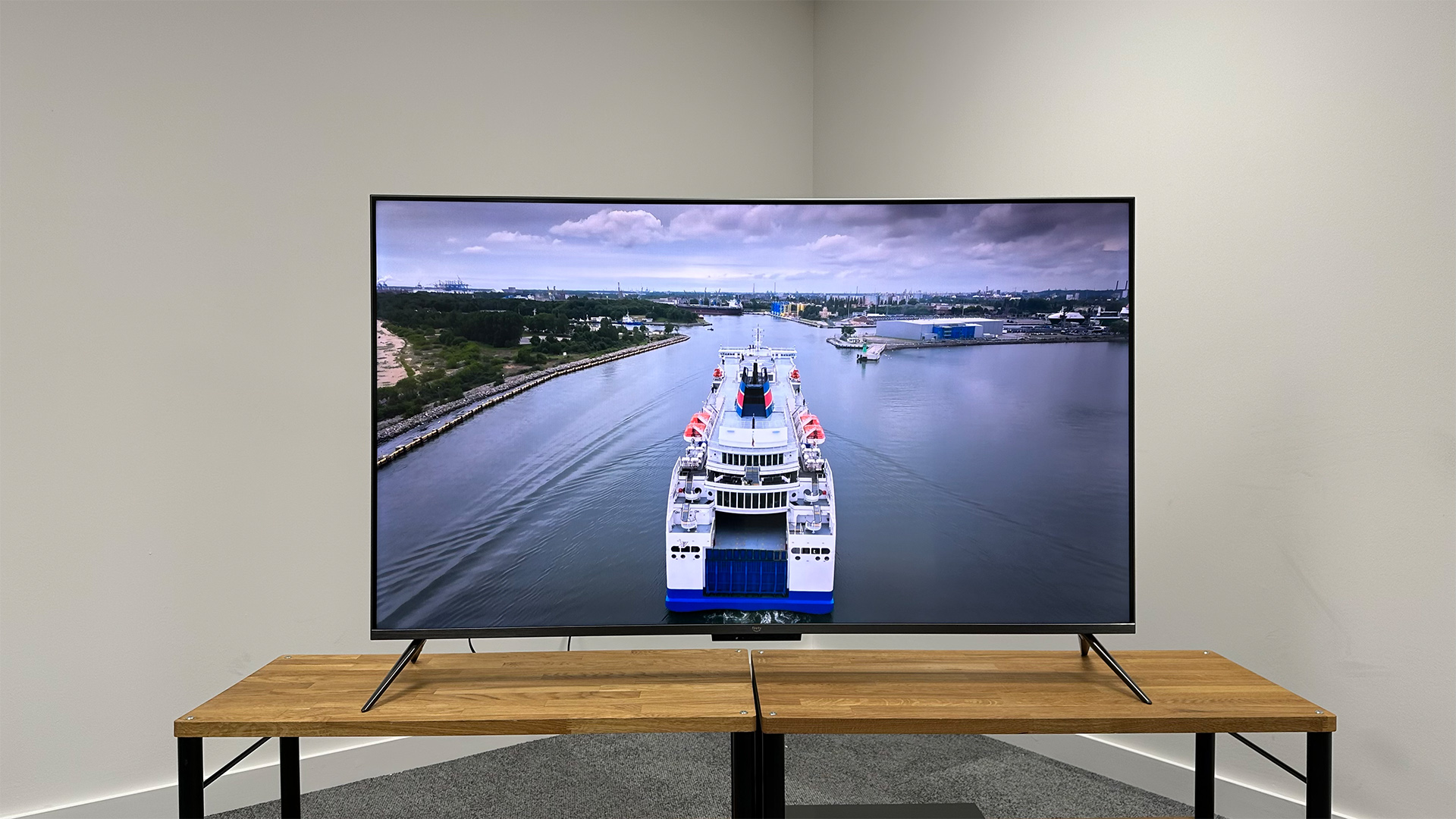
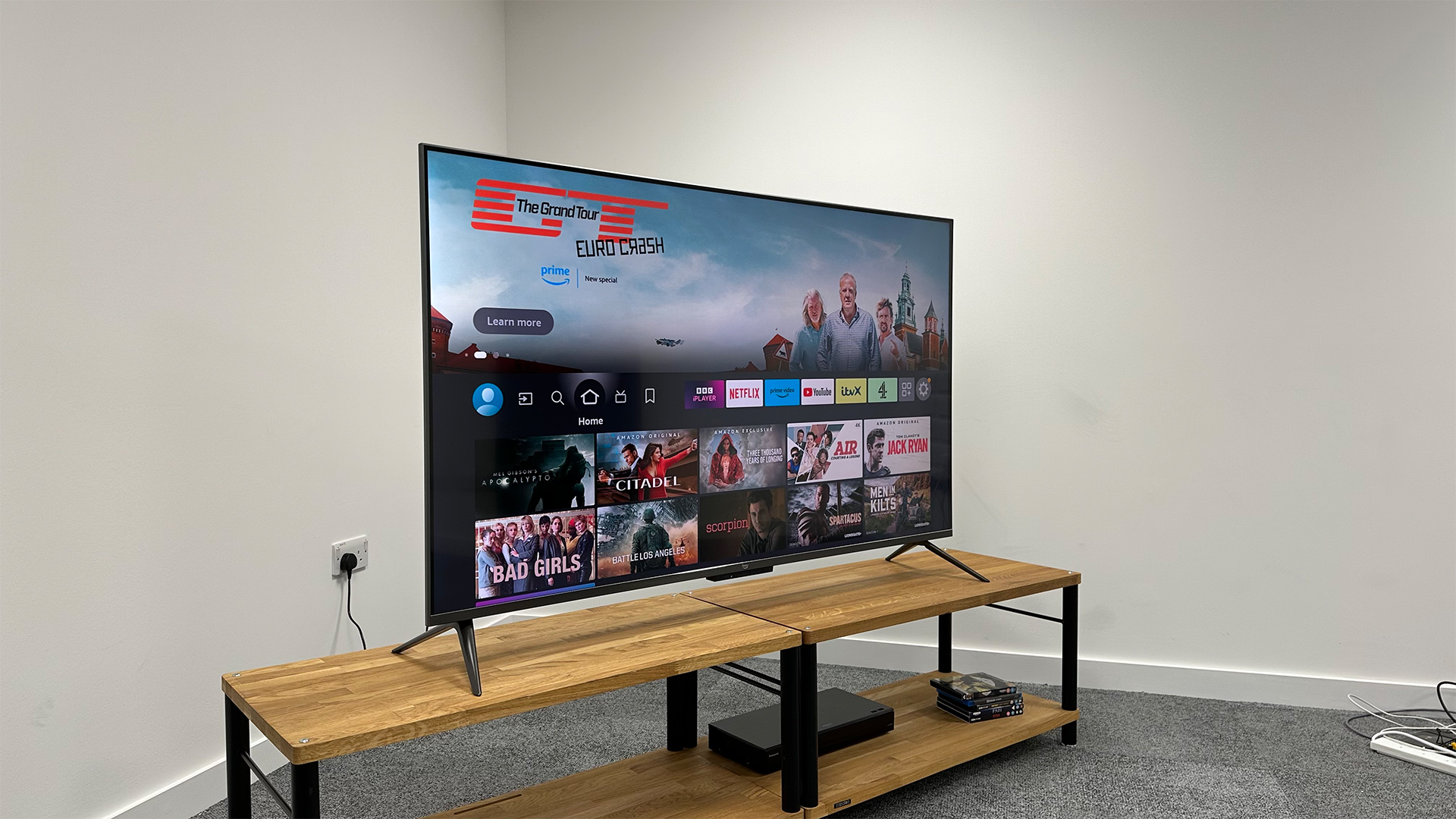
Specifications
Reasons to buy
Reasons to avoid
If the other TVs mentioned in this guide are a little over your budget, but you still want a reliable 65-inch TV, then the Amazon Omni QLED is our current recommendation.
While it's not perfect, and its picture performance doesn't match the more expensive sets, for the money you'll struggle to do better.
Once we got it running in our viewing room, we were immediately impressed by how vibrant and punchy colours were. This lets it deliver a wonderfully immersive experience in most of our checks. The only minor issue we had with colours was that skin tones at times looked a little richer than they should, but not to the point it ruined our viewing experience.
We were also pleased to see Amazon hasn't fallen into the classic pitfall of overprocessing images in a bid to mask shortcomings with the TV's panel, which often happens on affordable sets. Instead, the Omni QLED takes a much more consistent and considered approach. Whether it was moody dark movies like The Batman, or blindingly bright flops like Pan, the Omni QLED delivered a surprisingly even-handed picture that made the films all the more engrossing.
It's a similar story with detail and sharpness. The Omni QLED is far from mind-blowing, but we'd prefer that to films looking oversharpened, as they often do on affordable sets.
That said, there are a few drawbacks you should be aware of. Peak brightness is at best adequate, which makes HDR performance a little weaker than we'd like. While motion handling is reliable and blissfully free of the soap opera effect that commonly plagues cheaper TVs, pictures can look a bit smeary at times, particularly during busy scenes.
Dolby Atmos support isn't included, but the audio is otherwise good considering the Omni QLED's price. The audio delivered is undeniably narrow, but it is also direct and clear, which is something we can't say about many other cheap TVs.
For gamers, the set features VRR and ALLM, although 4K 120Hz is off the menu, so you won't get the best performance possible out of a PS5 or Xbox Series X/S.
Even with these compromises the Amazon Omni QLED remains a fantastic value-for-money option and our current recommendation for any buyer on the hunt for a big-screen TV that won't break the bank.
Read our full Amazon Fire TV Omni QLED review
| Attributes | Notes | Rating |
|---|---|---|
| Picture | You don't get OLEDs deep blacks, but great for the price | ★★★★☆ |
| Sound | A soundbar is recommended, but it's fine for TV | ★★★★☆ |
| Features | Great connectivity and an app rich operating system | ★★★★☆ |
The best premium 65-inch TV
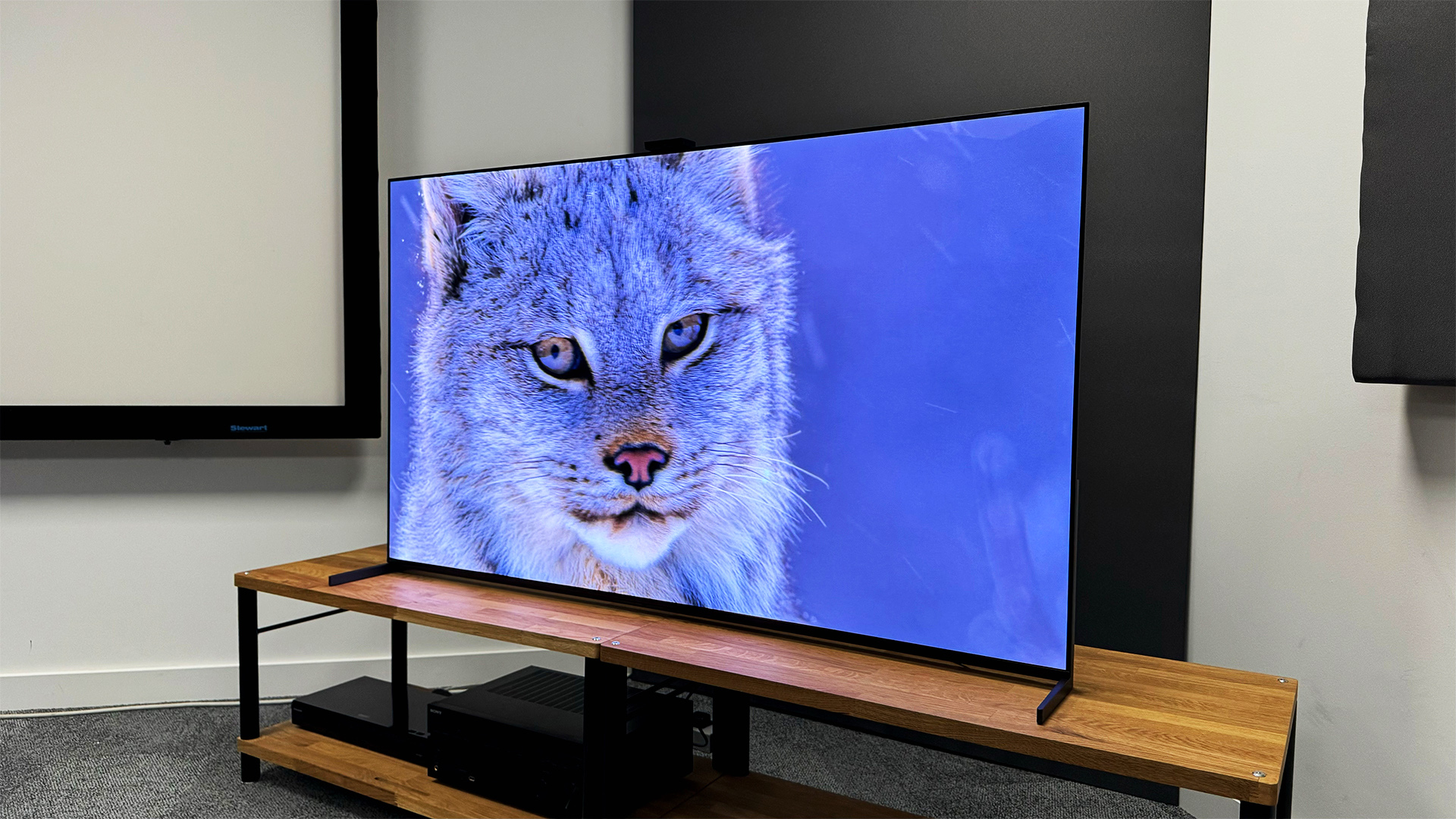
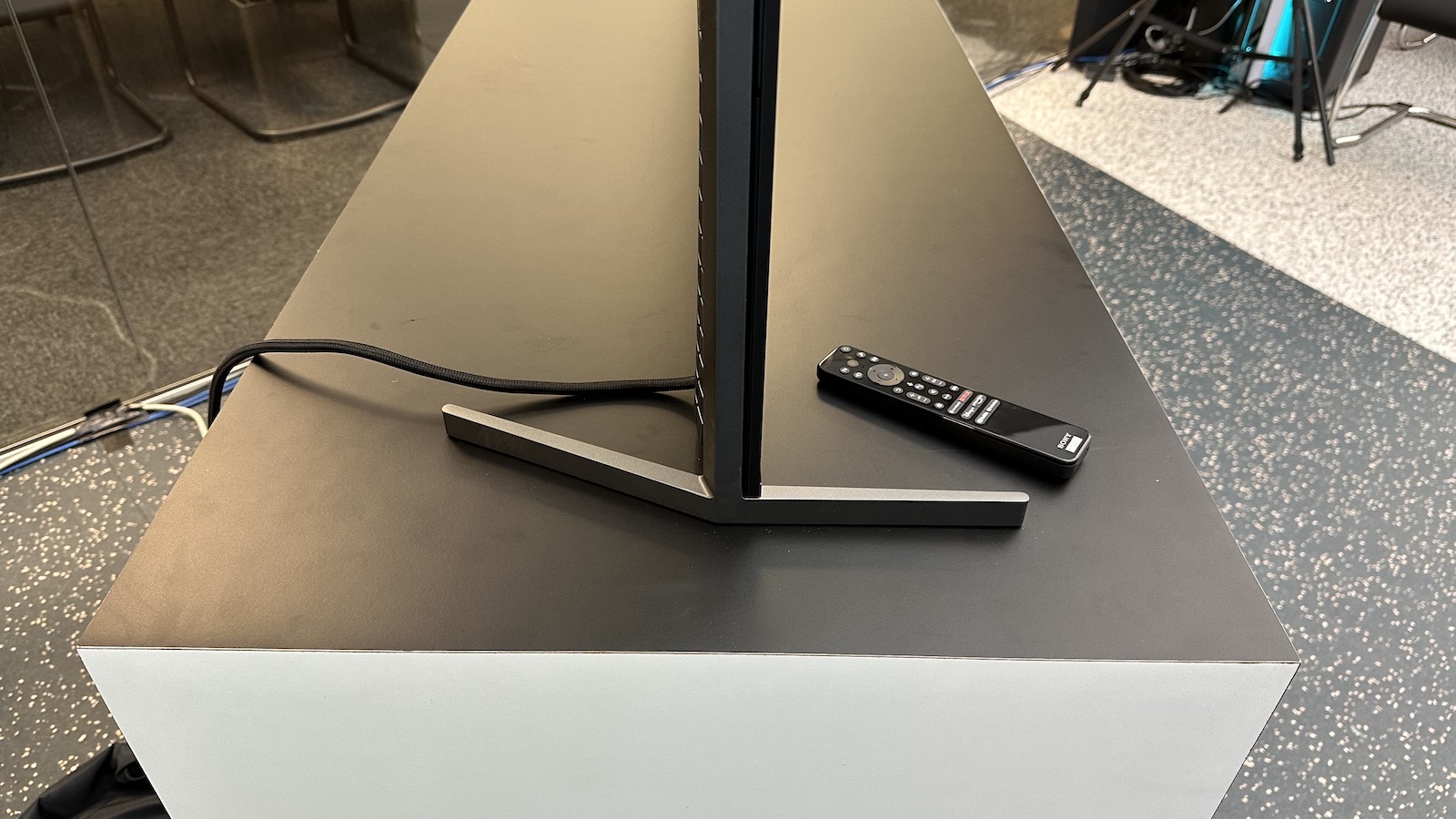
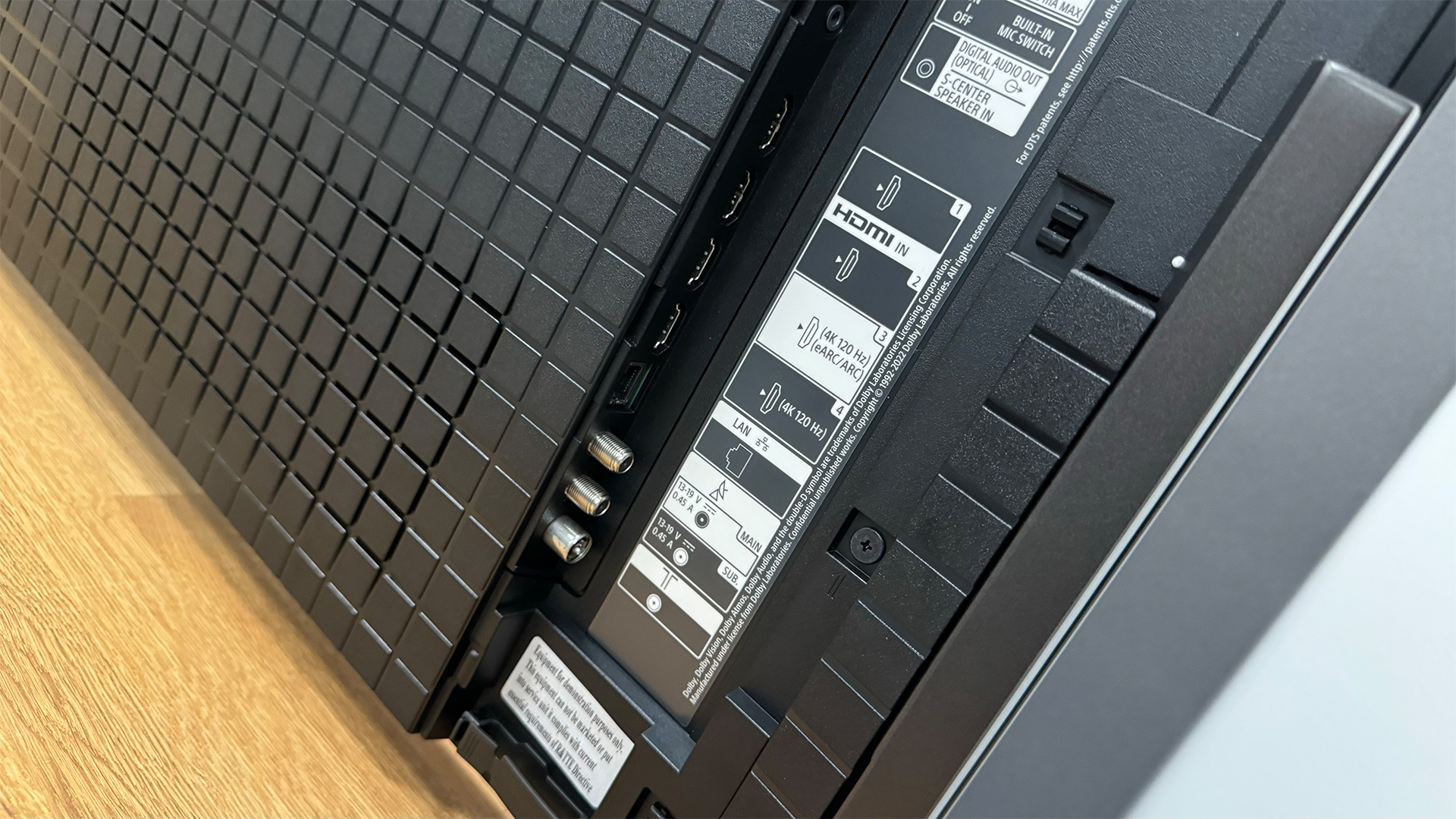
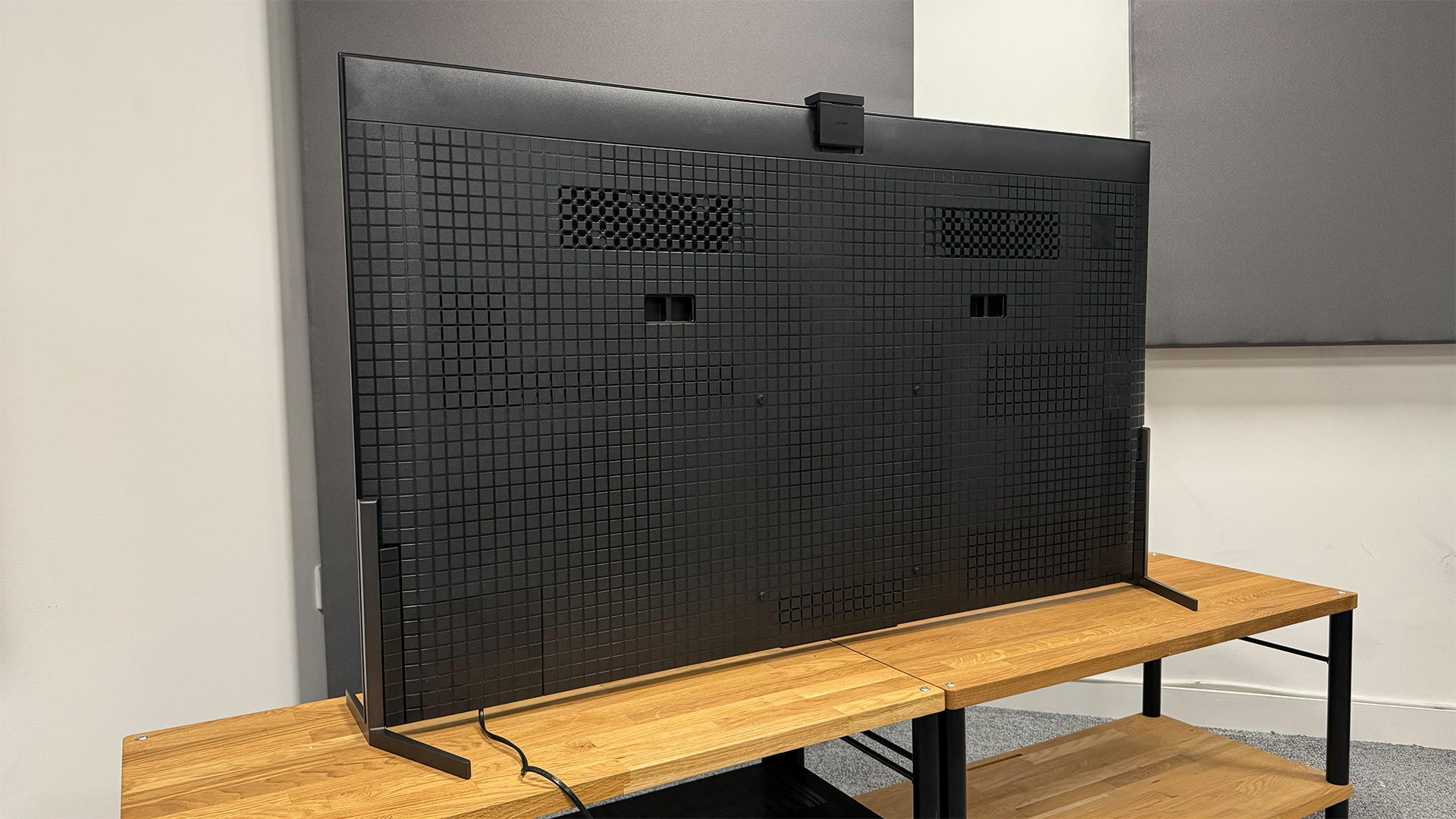
Specifications
Reasons to buy
Reasons to avoid
The Sony A95L is the best premium TV we've tested and the one we'd recommend to buyers who have larger sums of money to burn in their quest for the best picture-quality possible. It's Sony's flagship QD-OLED set, which means it uses the same panel as the Samsung S95C.
QD-OLED is a clever screen technology that combines OLED with Samsung's Quantum Dots in a bid to boost a TV's colour accuracy, max brightness and general quality. Having compared the Sony A95L to all its rivals, we can confirm it remains the benchmark for picture quality in 2024.
Comparing it to its step-down sibling, the Sony A80L (now replaced by the Bravia 8) with Pan 4K Blu-ray, the A95L delivered better max brightness levels and colour vibrancy. Switching to a grudge match between it and the MLA-boosted Panasonic MZ2000 the difference was immediately clear, with street lamps in the film's opening scene containing higher peaks and more nuanced blooms.
Black depth and shadow detail are also excellent, with every detail, crack and clump of dirt in the dim, grimy streets being clearly visible. Our testers were also very impressed with how much better it deals with skin tones than its predecessor, the A95K. Unlike the A95K, which tended to render skin tones with a reddish tinge, the A95L delivers them with wonderful authenticity, making for a much more immersive viewing experience.
The extra contrast it offers also helps give films a more three-dimensional feel, with the edges around foreground and background objects looking wonderfully realistic without ever veering into oversharpened territory, thanks to A95L's fantastic, understated processing.
This is clearly down to the way Sony has set up the panel, as the differences between it and the Samsung's S95C, which has the same screen, were palpable during our checks. The picture offered by A95L was uniformly more authentic in most instances.
Though we'd recommend always investing in a separate soundbar or speaker package when spending this much on a TV, the A95L's audio is also very good by inbuilt speaker standards. The A95L features a slightly tweaked version of the 2.2-channel actuator-based sound system found on the A95K. This works by using two actuators that vibrate the whole screen to produce sound, while two regular woofers add bass. During our tests, the system worked well delivering a directionality and pseudo-Atmos effect that other TVs can't match.
Our only issue with the sound is that, like all TV speakers, the low end is weaker than you'd get using even a moderately priced soundbar.
For gamers, the fact that it only has two HDMI 2.1 sockets (one of which inconveniently doubles as the eARC port) will be an annoyance. If you have multiple next-generation consoles and an Atmos soundbar or speaker system, expect to have to deal with some cable swapping.
Of course, if you're not a hardcore gamer, those won't be flaws at all, and if you are, they might still be worth putting up with, seeing as how the A95L is such a stunning performer. We even think it's better overall than the Samsung S95D, which uses a newer-generation QD-OLED panel.
Read the full Sony A95L review
| Attributes | Notes | Rating |
|---|---|---|
| Picture | Stunning brightness and vibrancy but with excellent subtlety and authenticity | ★★★★★ |
| Sound | Crisp, clear and direct, but with impressive spaciousness, too | ★★★★★ |
| Features | Good overall but let down slightly by having just two HDMI 2.1 sockets and no UK catch-up apps | ★★★★☆ |

If money was no object (oh, to dream!), this is the TV I would have at home. I'm a keen gamer and own both a PS5 and Xbox Series X (and a gaming PC, for that matter), so the limited HDMI 2.1 sockets would be a bit of a pain for me, but this is the one TV available that I would be prepared to make the extra effort for. It really is that good, and a notable upgrade on every other TV on this page.
Also consider
LG G4
The C4's more premium stablemate is an exceptional TV. It uses second-generation MLA technology to produce a significantly brighter picture than even last year's G3, yet it still retains the balance and authenticity that you would expect from an LG OLED. A high launch price and fairly weak sound hold it back from a full entry on this page – at least for now.
Samsung S95D
Samsung's new, third-generation QD-OLED TV is comfortably its best yet. It's at least on a par for brightness with the LG G4 and it can produce even more vibrant colours thanks to the use of Quantum Dots. More importantly, Samsung has exercised more restraint in the tuning, so the S95D is less prone to exaggerating colours than its predecessors. It's a great alternative to the G4, but like that TV is currently too expensive to be considered for the main list.
Sony Bravia 9
Sony's next-gen Mini LED TV (and its flagship 2024 model) initially wasn't available in a 65-inch size in many regions, but the 65-inch model has now been rolled out to more places, including the UK. We reviewed the 75-inch model and, on balance, we feel that the OLED TVs available at this level are better overall, but if you want a super-bright TV or simply don't want an OLED, the Bravia 9 is well worth considering.
Panasonic Z95A
Panasonic's flagship OLED TV for 2024 – which is available in the US as well as the UK – features super-bright second-generation MLA technology alongside Panasonic's well-documented picture authenticity. It also has a Dolby Atmos speaker system that includes dedicated front-, side- and up-firing speakers, and the new Fire TV OS is super-simple to use and packed with streaming apps. The only thing keeping the Z95A off the main list is the Sony A95L, which just pips it for picture and sound.
Philips OLED809
The Philips OLED809 is a really strong alternative to the LG C4 and Sony Bravia 8 if you're in the UK (Philips doesn't sell OLED TVs in the US or Australia). Like those TVs, it uses a 'standard' OLED panel, but it delivers a particularly bright and vibrant picture. It's got Ambilight, too, which adds an extra degree of spectacle. It does take more effort than most to get the picture looking its best, though.
65-inch TVs coming soon
CES has been and gone, so we now know about loads of 65-inch TVs that are on their way in 2025. These are the sets we are most excited about:
LG C5
LG's C-series TVs are the most popular OLEDs on the market, and with very good reason – their combination of performance, features and price is pretty irresistible. The upcoming C5 doesn't look like much of an upgrade on the C4, but the C4 was a surprisingly big improvement on the C3 before it, so we're still expecting big things.
LG G5
Almost as popular as the C series is the more premium G series, and this year's G5 looks like a very premium TV indeed. It features brand-new 'Four-Stack' OLED technology, which replaces last year's MLA tech and apparently delivers big boosts to brightness and colour volume. For those who are interested in the most cutting-edge TVs, the G5 is absolutely one to watch.
Samsung S95F
Samsung's flagship 4K TV for 2025 is the S95F, which features a next-gen QD-OLED panel that – like its new four-stack OLED rival – apparently offers a big boost to brightness. The S95F is also exceptionally stylish and features Samsung's unique One Connect system, which sees the connections routed to a box that's separate to the main display, with just a single cable running between the two.
Panasonic Z95B
Panasonic's 2025 flagship TV is another four-stack OLED with hitherto unseen brightness capabilities (by OLED standards). Like its predecessors, the Z95B has a fancy speaker system with dedicated side- and up-firing speakers, but the design has had a stylish overhaul. Panasonic produces arguably the most cinematically authentic TVs in the business, and we're expecting big things from this one.
Philips OLED910
Philips has two next-gen, four-stack OLEDs in its 2025 range. The OLED910 will be the more affordable model of the two (though pricing is yet to be announced), but the only significant difference between it and the flagship OLED950 is that it has a less fancy B&W sound system. That's good news as far as we're concerned, as we prefer to add a dedicated sound system to any new TV. As well as that fancy new OLED panel, the OLED910 also features a brand-new processor and four-sided Ambilight.
How to choose the best 65-inch TV for you
Panel technology:
The type of display you choose will have a huge bearing on your TV's picture performance. Without a doubt, OLED has become the premium TV technology of choice, thanks to its perfect blacks, extraordinary contrast and exceptional viewing angles.
QLED, which combines LED (or Mini LED) backlighting with ultra-vibrant Quantum Dots, is a strong alternative thanks to its potential for greater brightness and colour vibrancy, but quality is more variable than with OLED.
Meanwhile, standard LCD TVs (often, confusingly, sold as 'LED' TVs on account of their LED backlights) are even more variable in overall quality but, if you shop carefully, can offer excellent bang for your buck.
Your choice will largely come down to budget, and we broadly recommend going for an OLED model if you're able, but you might want to consider a super-bright QLED model if you often watch TV in an exceptionally bright room.
Audio:
Even the best TVs sound pretty poor next to a decent dedicated sound system such as a soundbar. For that reason, we generally recommend budgeting extra for sound and, if you do that, you can largely ignore the TV's own sound quality.
However, if you are determined to stick with your TV's built-in sound system, look for models that offer good dialogue clarity but also a sense of width and height, particularly when playing Dolby Atmos content.
Most TV speakers are essentially invisible, hidden in very thin chassis with very little room to move. These sound systems don't necessarily sound bad, but you can usually do better by going for a model with larger, forward-facing drivers, or a Sony OLED with clever actuators that make sound by imperceptibly vibrating the whole screen.
Gaming:
If you're a gamer, it's also worth considering the next-gen gaming features of your prospective new TV. Xbox Series X and PS5 gamers can gain a competitive advantage on certain games if their TV supports 4K/120Hz, while VRR support can result in a smoother gameplay experience. ALLM, meanwhile, simply ensures that you automatically get the best visual experience from both games and movies / TV shows. If you are a more casual gamer or not a gamer at all, you can pretty much disregard these features, and doing so will likely save you a lot of cash.
How we test 65-inch TVs
Testing a 65-inch TV isn’t just a case of sitting down in front of it and sticking a film on. Modern TVs now do so much that thoroughly evaluating all of their strengths and weaknesses is a complex and time-consuming process. As well as assessing its performance when fed multiple content resolutions, from standard-definition to 4K (and sometimes even up to 8K), there are also multiple high dynamic range formats to try – and that’s before you even get to the audio performance and general usability.
Modern 65-inch TVs also now come with a suite of smart features, and testing them out isn’t just a case of ticking off which streaming apps are installed. Each one needs to be checked to make sure it’s outputting the video and sound formats that the manufacturer claims it can. Just because the Disney+ app is available doesn’t necessarily mean it supports Dolby Vision and/or Dolby Atmos on that specific TV, so each one must be fully tested.
Many people like to plug a PlayStation or Xbox into their 65-inch TVs too, so we hook up both a PS5 and Xbox Series X to establish which advanced gaming features, such as 4K 120Hz, VRR, HGiG, and Dolby Vision, are supported and how well they work. We also check which of the TV’s HDMI ports support these features, and measure input lag using a Leo Bodnar device.
Picture quality on a 65-inch TV isn’t just tested with the latest 4K Blu-rays. We know that plenty of people still watch HD and sometimes even SD content, whether it’s over-the-air, streamed over the internet, or on good old-fashioned DVD, so we feed each set plenty of different sources to see how it copes with each.
Every 65-inch TV arrives with its own set of factory settings, and while we don’t enlist any professional help when it comes to calibration (you won’t have that at home, so we don’t either), we do spend hours tinkering with them to make sure we’re getting the best out of each set. For this, we use a mixture of test patterns and real-world content to give every TV the best chance to shine.
Bigger TVs also tend to come with bigger built-in speakers, so while we almost always advise that a new TV is paired with a soundbar or AV amplifier, we also thoroughly test the onboard sound system with a variety of movies and music. Just as with the picture, we’ll also test out the various audio settings and processing modes to see how they affect the sound.
Every 65-inch TV we test is compared to others at its price and size so we can compile a definitive list of the very best – it’s why we keep all of our Award-winners on hand as benchmarks.
All of our testing takes place at our state-of-the-art facilities in London and Reading, which means we have total control over the process and can ensure consistency across the board. None of our reviews are just the opinion of a single writer either, with all verdicts agreed upon by the whole team, so you can be sure they’re consistent and free of personal preference.
With over 100 years’ experience of testing and writing about televisions, the What Hi-Fi? team has the knowledge and authority to only pick out the very best products and include them in our Best Buys. That’s why if you choose to buy a 65-inch TV that’s recommended on this page, or a product from any other Best Buy page, you know you’re getting a What Hi-Fi? approved product.
FAQ
Is 65-inches the best size TV?
That’s a bit like asking: is large the best size for trousers? It depends entirely on your situation. There are 48-inch TVs that are better than 65-inch ones, and 85-inch ones that are better than both, but that doesn’t mean the 85-inch TV is the best choice for everybody.
Most flagship TVs only tend to come in larger sizes, although high-end features are gradually starting to filter down to smaller models, but the key consideration when choosing screen size should be the size of your room and how far away you’re going to sit when you watch the TV.
Check out our guide if you want a full breakdown on how to choose the right size TV for you.
What is the best viewing distance for a 65-inch TV?
We have a complete guide to TV viewing distances but, in short, the generally accepted 'best' viewing distance for a 65-inch 4K TV is about 2m / 6.5ft. This will give you a great balance of cinematic immersion and comfort.
However, there is nothing wrong with sitting a bit closer for an even more cinematic experience or a bit further away for more relaxed viewing. Really, it comes down to personal preference, but that 2m / 6.5ft measurement is a great starting point.
Is a 65-inch TV good for gaming?
While a bigger screen will usually mean your gaming sessions feel more immersive, the size isn’t the only consideration when it comes to gaming performance. Key things to look for include the number of HDMI 2.1 ports (the more the better) and support for things such as 120Hz 4K, VRR, ALLM, HGiG, and Dolby Vision gaming. The more of those you can tick off, the better the TV is likely to perform when connected to your PS5 or Xbox.
Are cheap 65-inch TVs good?
It's certainly possible to buy a good, cheap 65-inch TV, but you do need to temper expectations. Cheap OLED TVs still don't really exist at any size, let alone one this big, and if you're looking at TVs costing less than £500, you'll also likely be ruling out QLED models and even local dimming. If, though, you want a balanced, fairly cinematically authentic picture that will reproduce your movies relatively faithfully without knocking your socks off, a model such as the TCL P755K above should make you very happy.
Glossary
There are a lot of buzzwords and acronyms in the world of TVs, and we understand that can be very confusing, so read below for a quick summary of many of the terms on this page. If a term is clickable, it means we have a dedicated explainer page for those who want to dig deeper.
4K/120Hz
Part of the HDMI 2.1 spec, 4K/120Hz refers to a TV's ability to receive 4K signals at a 120Hz refresh rate – double the typical 60Hz limit. These 4K/120Hz signals can be sent by an Xbox Series X, PS5 or high-end gaming PC when certain games are being played, and the result is super-fluid and responsive gameplay.
4K/144Hz
Some new TVs are going beyond 4K/120Hz and offering support for 144Hz refresh rates. This is something that only PC gamers with very high-end gaming rigs can take advantage of as it's not supported by current consoles.
ALLM
Auto Low Latency Mode is a feature that allows a TV to recognise when a gaming signal is being received and automatically switch to its optimised game mode, which should result in lower input lag.
ARC/eARC
Audio Return Channel (ARC) is a feature that allows a TV to output sound via an HDMI socket that can also receive a picture signal. It can support various sound signals, including compressed Dolby Atmos. Enhanced Audio Return Channel adds support for higher-quality formats, including uncompressed Dolby Atmos. Almost all modern TVs support ARC or eARC and it's now the most common way to connect a soundbar or AV receiver.
Dolby Vision
Dolby's 'dynamic' HDR (high dynamic range) format adapts to the content and the capabilities of the TV playing it in real-time, generally resulting in an even more dynamic but accurate picture than you get with 'static' HDR formats such as HDR10 and HLG. Dolby Vision is supported by at least some of the TVs of most brands, but not those made by Samsung.
HDMI 2.1
The latest core version of HDMI, HDMI 2.1 offers faster data rates than HDMI 2.0, enabling support for formats such as 4K/120Hz, 4K/144Hz and 8K/60Hz. However, having HDMI 2.1 doesn't necessarily mean that a TV can handle any of those features or others such as VRR or ALLM, which is why we specify the type of HDMI sockets a TV has as well as the specific advanced features it can support.
HDR10
Essentially the core version of HDR (high dynamic range), which offers brighter highlights, more contrast and more vibrant colours than SDR (standard dynamic range). All HDR TVs should support this and HLG.
HDR10+
A 'dynamic' version of HDR10 that, like Dolby Vision, adapts to the content and the capabilities of the TV playing it. When done right, it results in an even more dynamic but realistic picture. Samsung is the pioneer of HDR10+, but you will also find support for the format in TVs from Panasonic, Philips, TCL and Hisense.
HLG
Hybrid Log Gamma is the 'static' HDR format used for broadcasting and live streaming via services such as Sky and the BBC. All HDR TVs should support this along with HDR10.
Input lag
The time it takes for presses on a game controller to be represented by on-screen actions. This is measured in milliseconds and the best gaming TVs can now hit less than 10ms, though anything under 40ms is imperceptible to most people.
Mini LED
A type of backlight that involves far smaller LEDs than are found in typical backlights. Because they're so much smaller, many more can be packed in, generally resulting in better contrast and less blooming of light into dark parts of the picture.
OLED
The most popular premium TV technology, OLED features organic light-emitting diodes that can be lit on a pixel-by-pixel basis, resulting in far greater contrast control than a backlit TV can manage.
QLED
A TV technology pioneered by Samsung (but now used by many brands) that combines a backlight (either LED or Mini LED) with Quantum Dots for greater colour vibrancy.
VRR
Variable Refresh Rate allows a TV to dynamically adjust its refresh rate to match the frame rate being sent by a connected games console or PC, resulting in more fluid and responsive gameplay.
Recent updates
- 31st January 2025
Removed the Panasonic Z90A, Amazon Fire TV Omni QLED Mini LED, LG B4 and Samsung S90D from the coming soon section and added the LG C5, LG G5, Samsung S95F, Panasonic Z95B and Philips OLED910. Also reworked the how to choose section and added an FAQ about the best viewing distance for 65-inch TVs. - 21st November 2024
Added the Panasonic Z95A to the also consider section, and added the Panasonic Z90A and Amazon Fire TV Omni QLED Mini LED to the coming soon section. - 28th October 2024
Replaced the LG C4 with the Sony Bravia 8 as the best overall after conducting side-by-side comparisons for the What Hi-Fi? Awards. The C4 remains the best for gaming. Also replaced the discontinued TCL C845K with the newer (and much cheaper) TCL P755K as the best budget UK choice. - 5th September 2024
Removed the Sony A80L due to lack of availability and promoted the LG C4 from 'best 2024' to 'best overall'. Made the LG C4 the 'best for gaming' as its discounted price brings it close enough to last year's C3 to become the better option. Also replaced the Philips OLED908 and Panasonic MZ1500 in the 'also consider' section with the Philips OLED809 and Sony Bravia 8. Finally, we added a 'coming soon' section and glossary of common TV terms towards the bottom of the page. - 19th June 2024
Added the LG C4 as the best 2024 TV and added the LG G4 and Samsung S95D to the also consider section - 6th March 2024
Added new also considered entries, intro, FAQ answers, and how we test sections
Get the What Hi-Fi? Newsletter
The latest hi-fi, home cinema and tech news, reviews, buying advice and deals, direct to your inbox.
Tom Parsons has been writing about TV, AV and hi-fi products (not to mention plenty of other 'gadgets' and even cars) for over 15 years. He began his career as What Hi-Fi?'s Staff Writer and is now the TV and AV Editor. In between, he worked as Reviews Editor and then Deputy Editor at Stuff, and over the years has had his work featured in publications such as T3, The Telegraph and Louder. He's also appeared on BBC News, BBC World Service, BBC Radio 4 and Sky Swipe. In his spare time Tom is a runner and gamer.
-
Clbhifi Great set of tv’s as always and great advice…..Reply
But how does this change when the Lg G1 can now be had for under £1900? Find the extra from the C1, if you can wall Mount the G1 is awesome…. Yes sound is no good but who is going to pay this amount and not have a soundbar / home cinema set up?
enjoy all! -
simonm3 "Hands down the year’s biggest TV bargain" does not support any of the UK freeview channels e.g. iplayer, itvx. Wonder why this is not mentioned in the review?Reply -
deepoison Thanks for the article. As you keep recommending TVs to be paired with external sound systems, should we take the sound rating on TV into account if we plan to purchase a sound system anyway? Sound Quality is something that I dont want to compromise on.Reply
Context: I was thinking of getting Sony A85L as recommended here. Sony A85L is at $2000 now and LG G3 is at $2300 in US for a 65inch TV or LG C3 for $1500. Financially, LG is making better sense. After pairing up with Soundsystem, does Sony still have upper hand over LG? Or do they play equally at that point?
